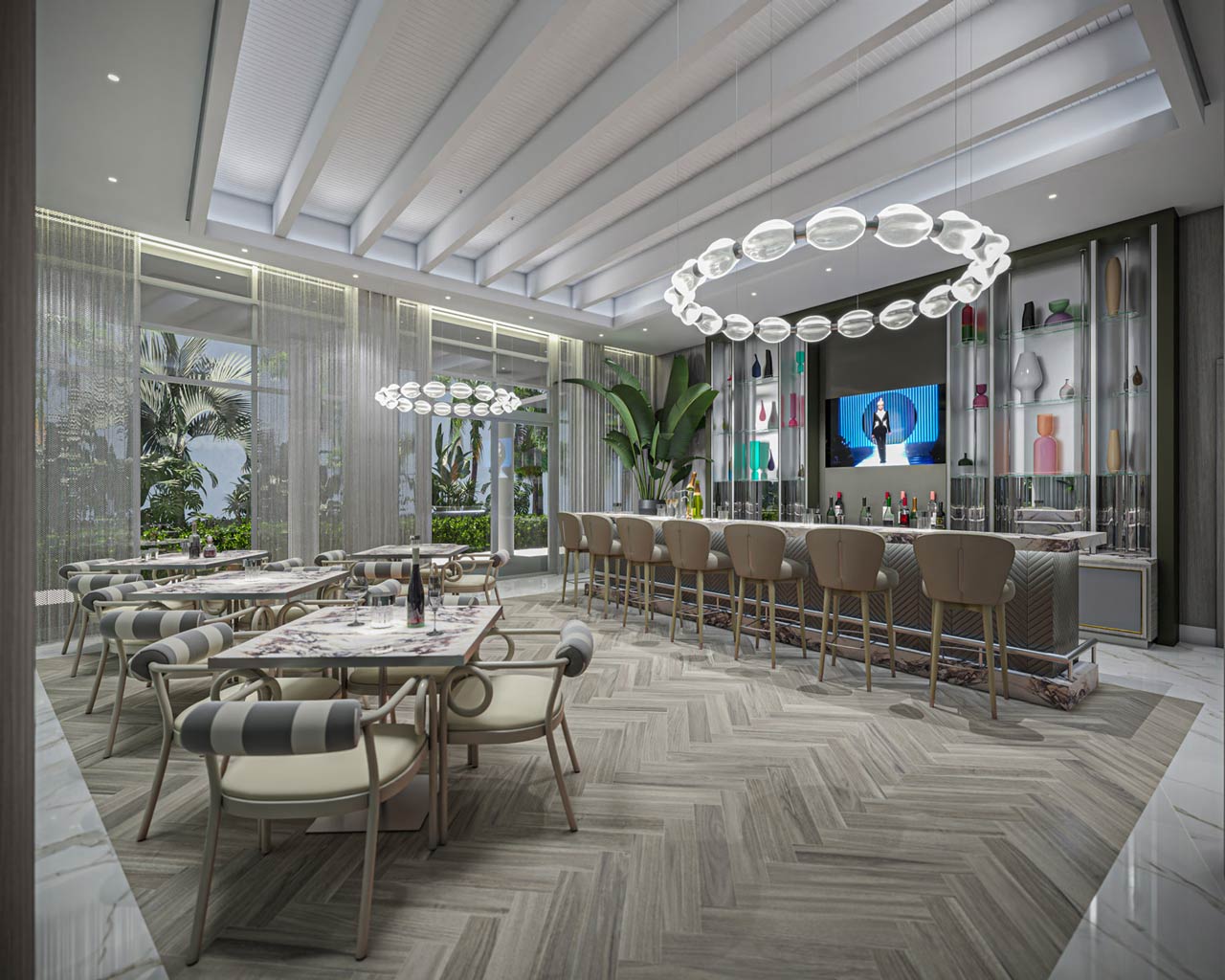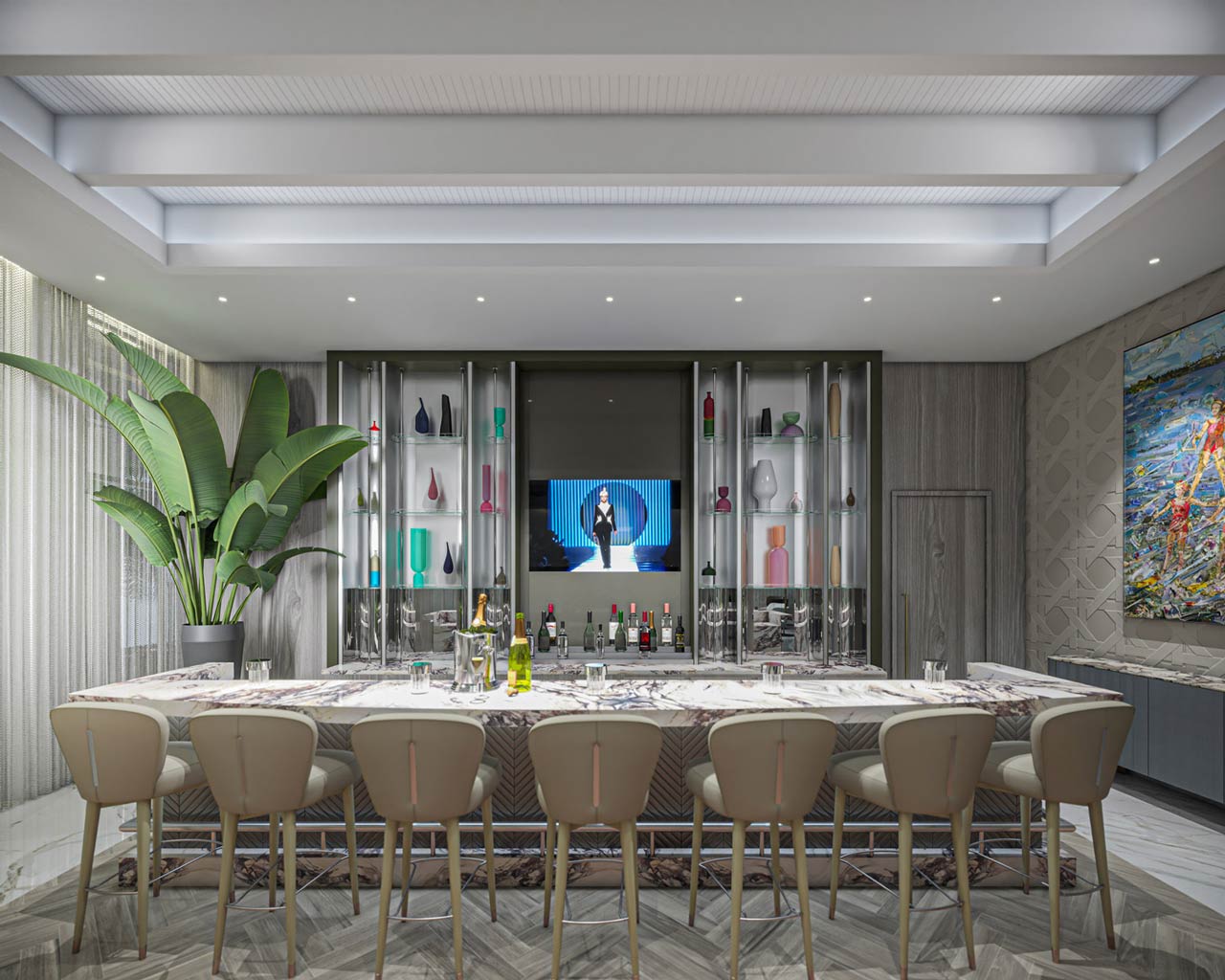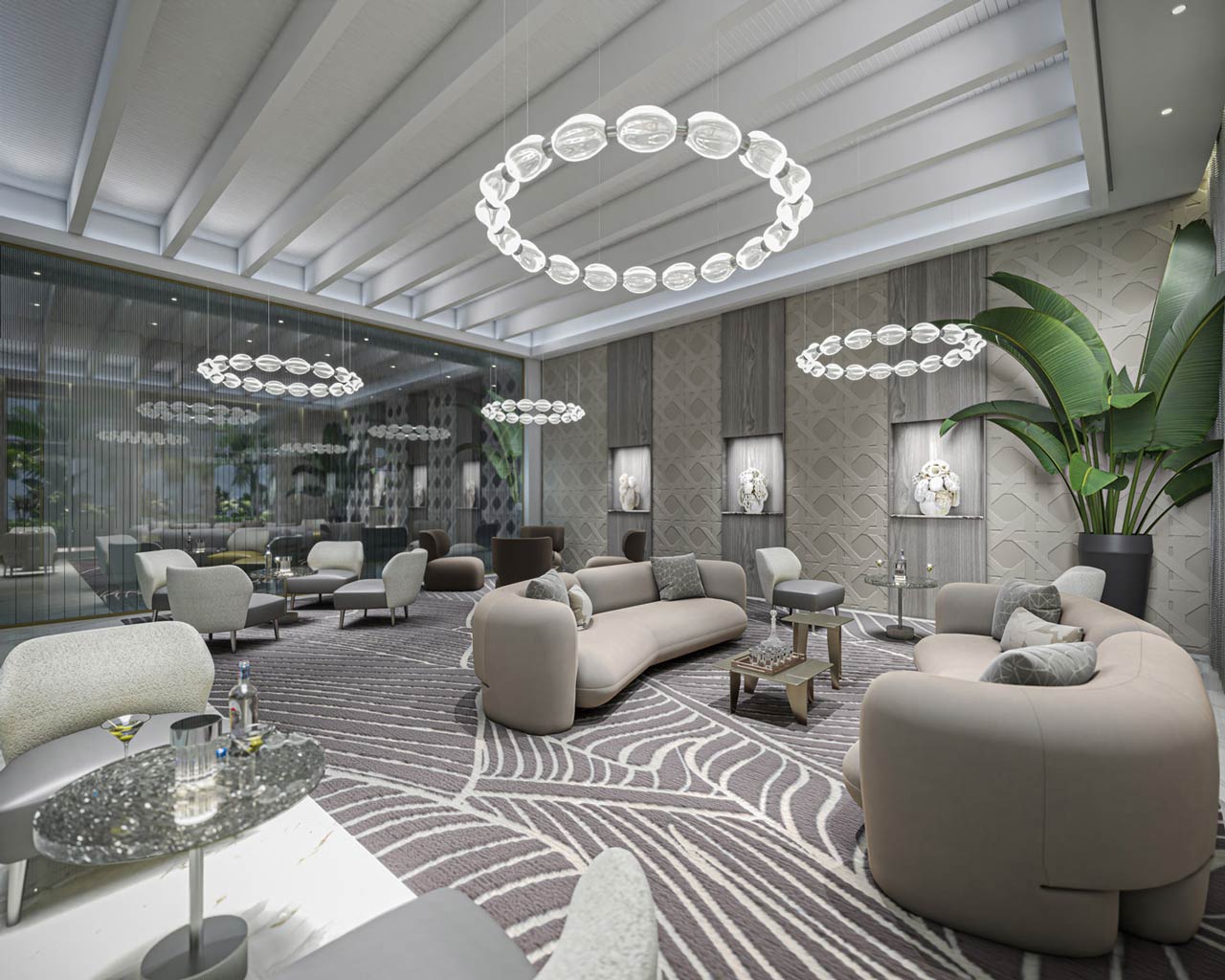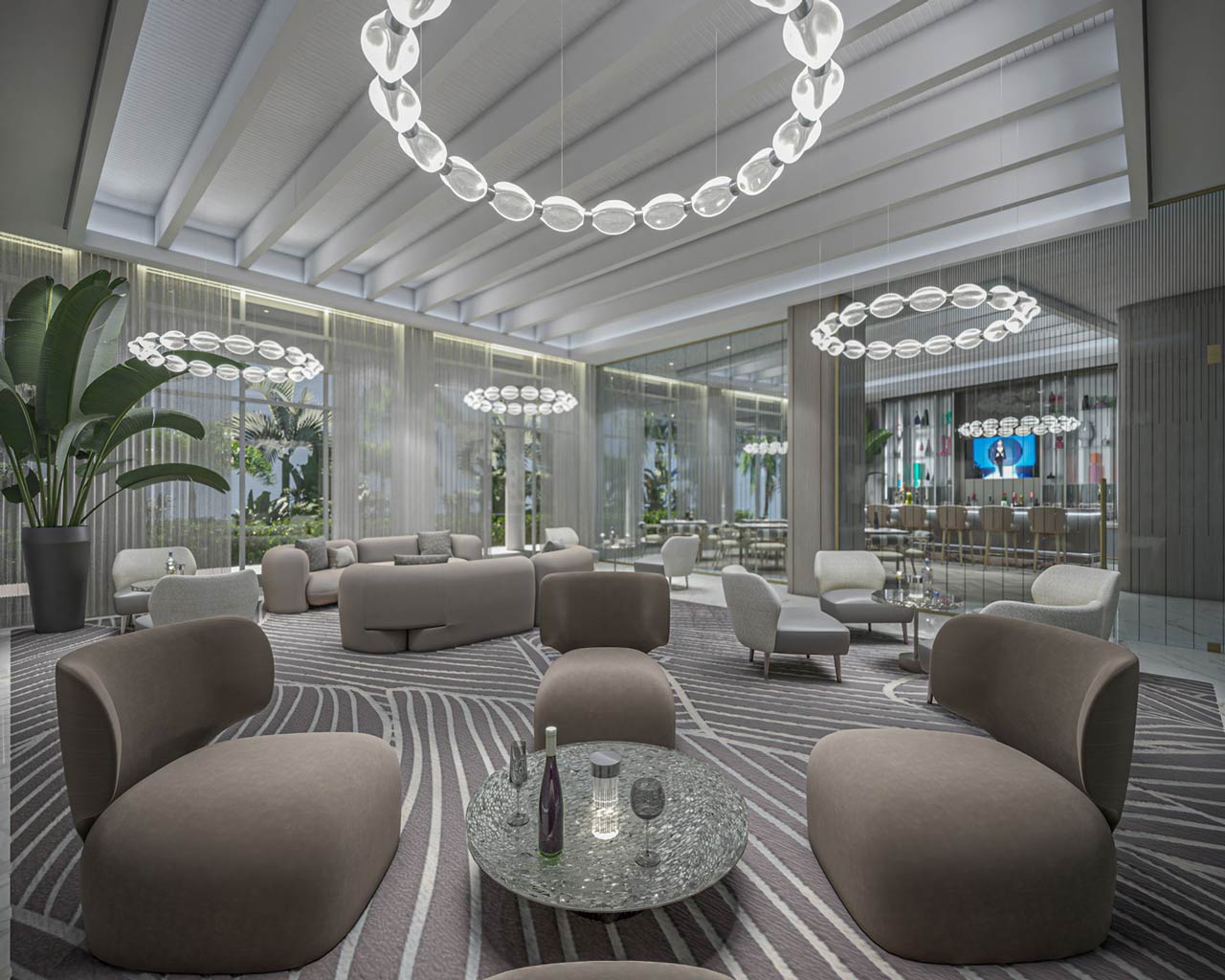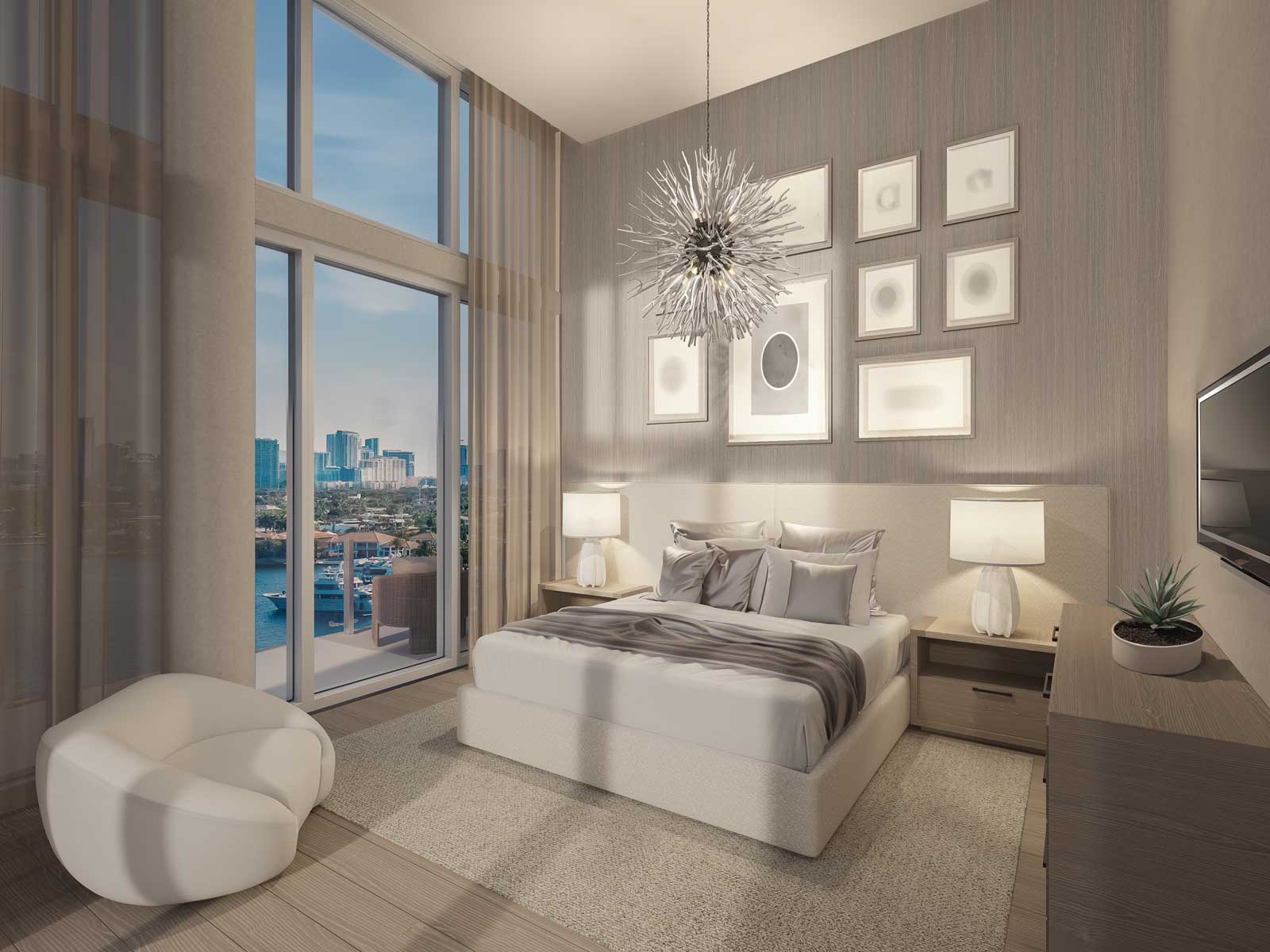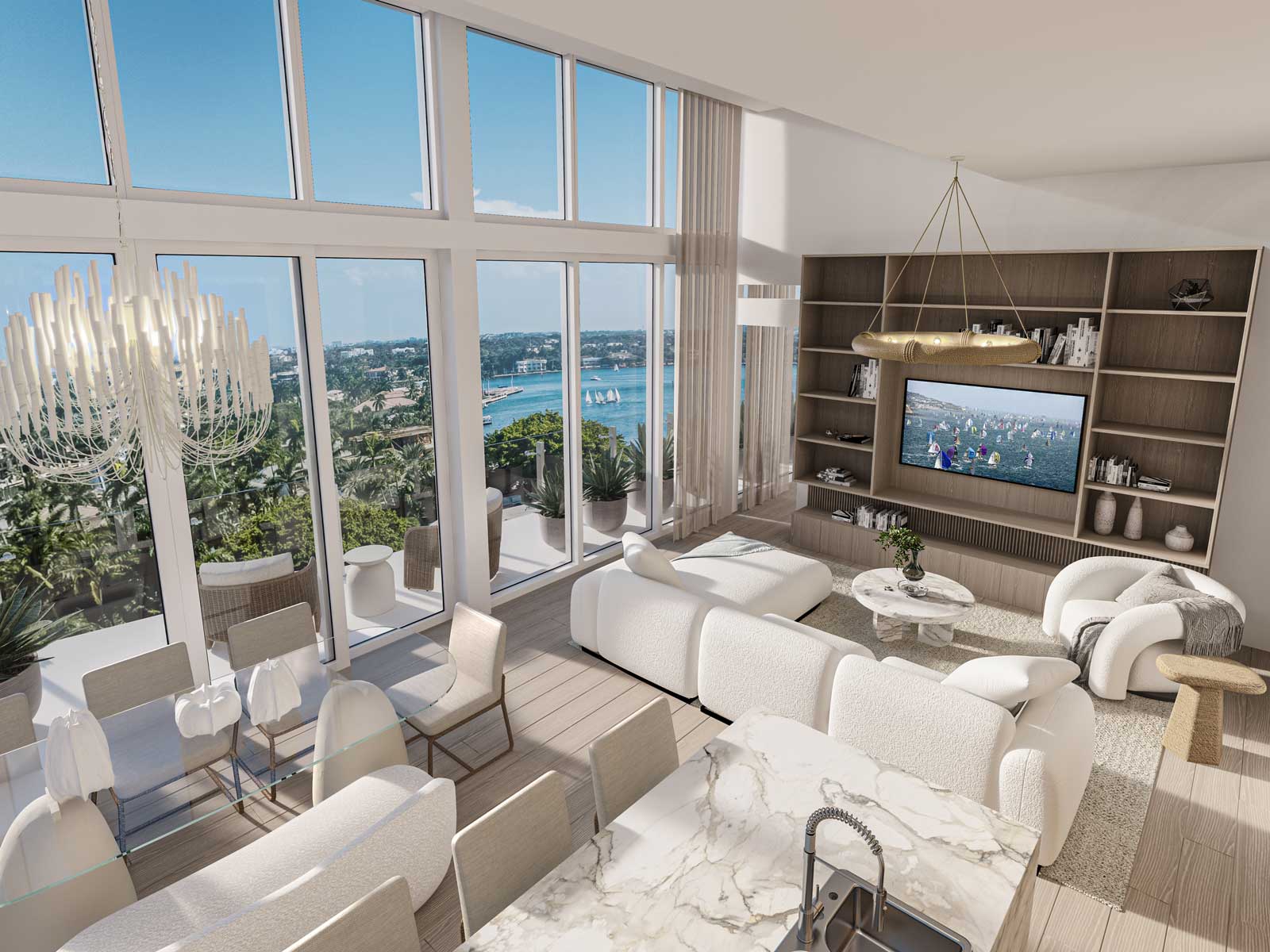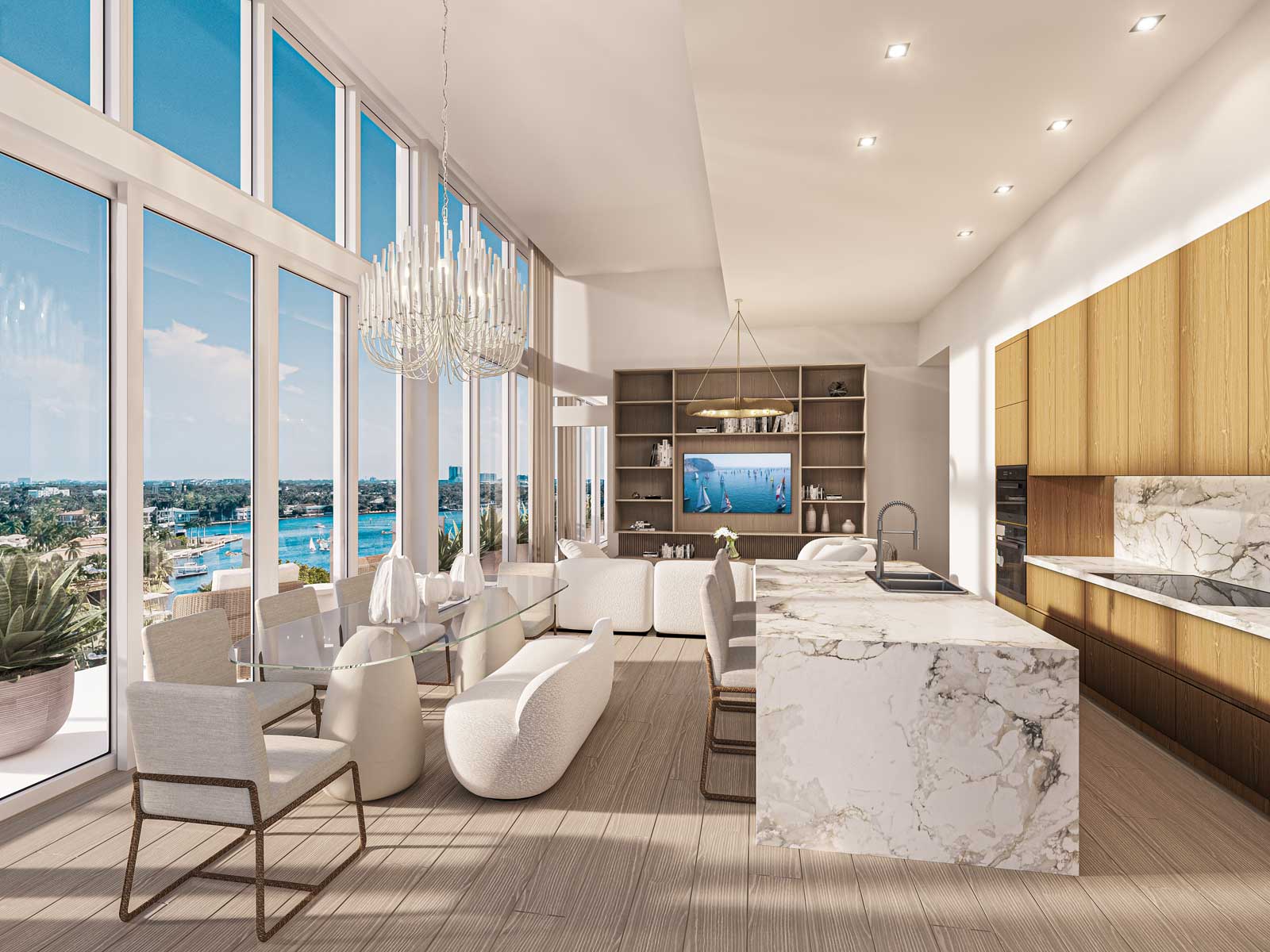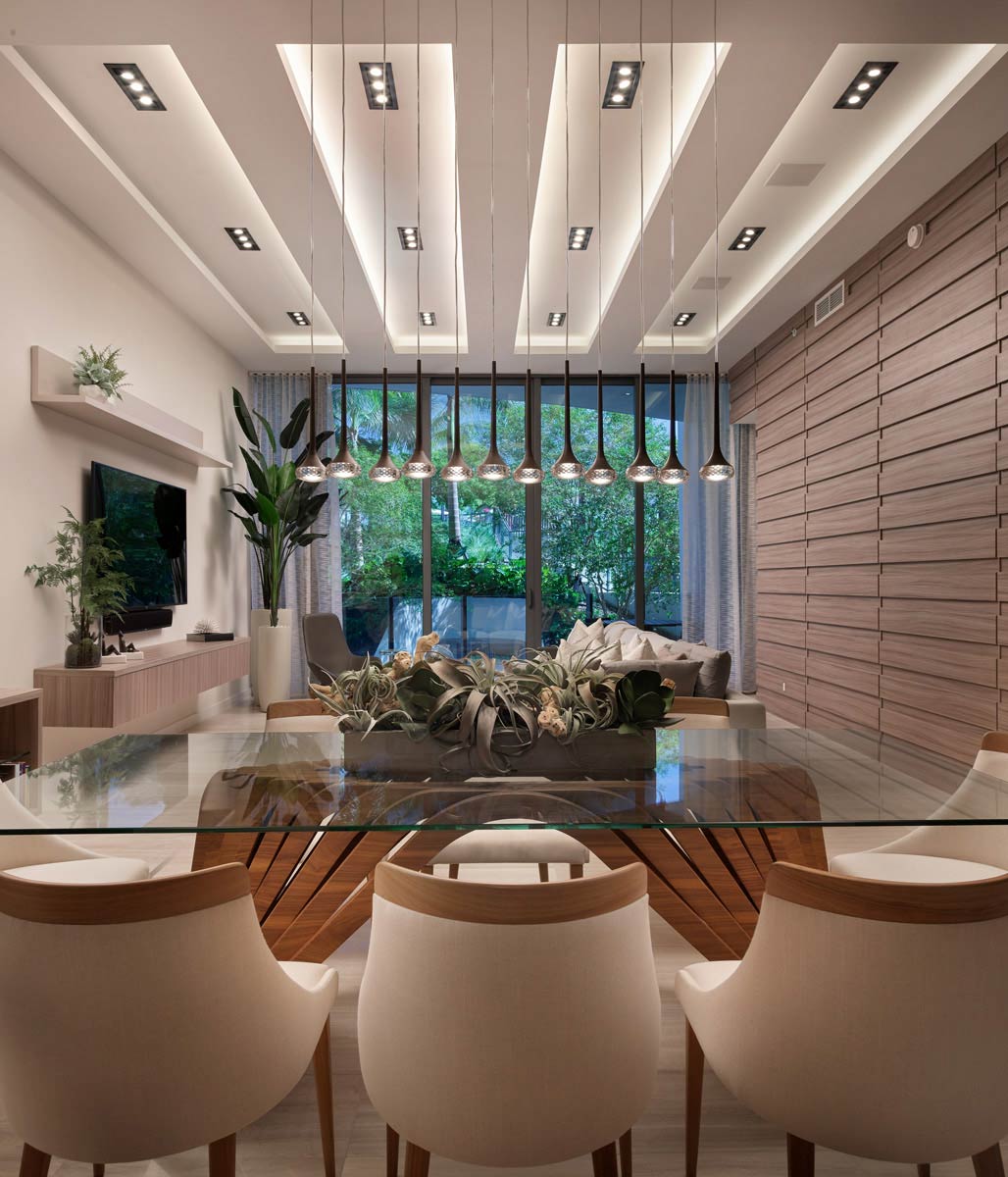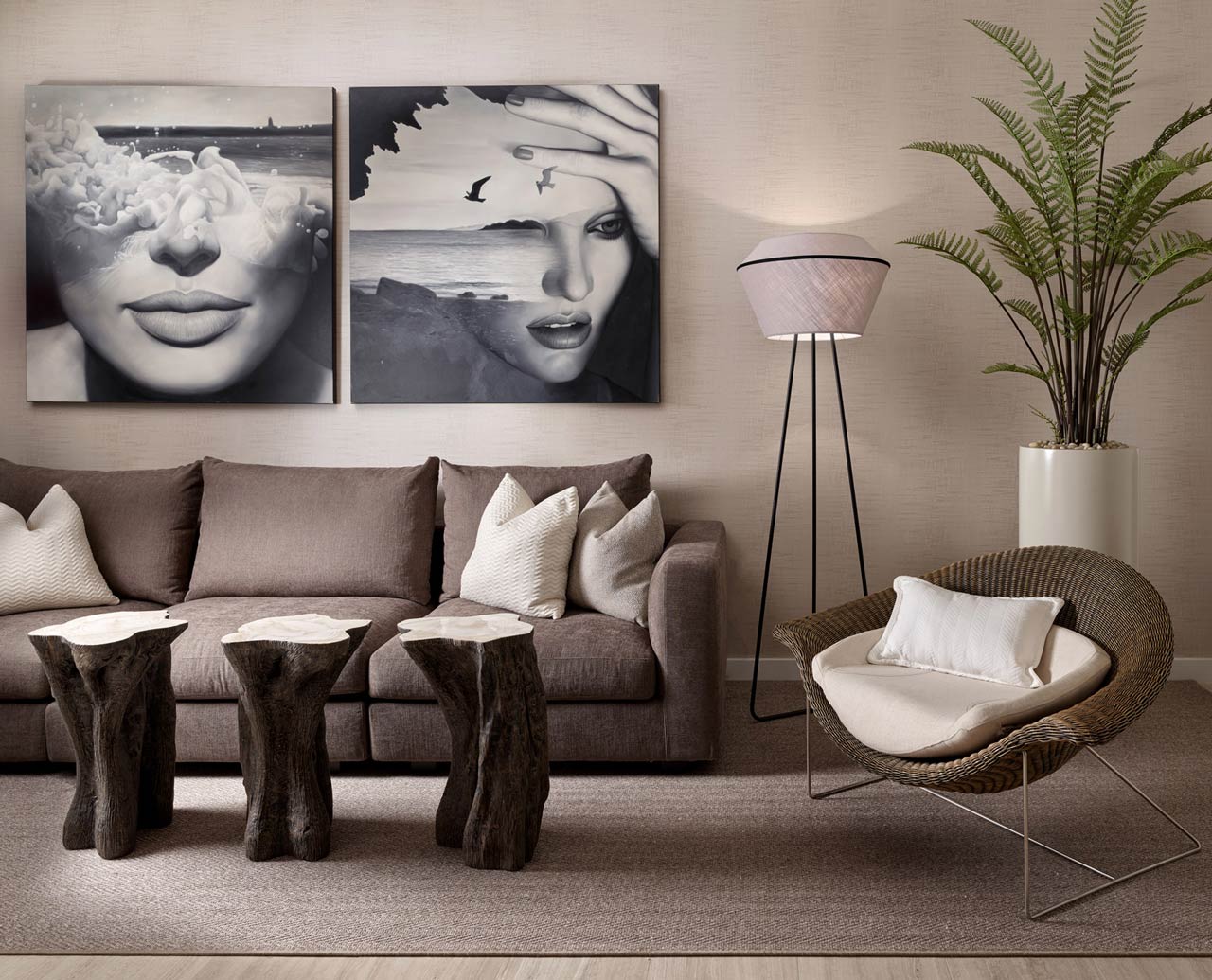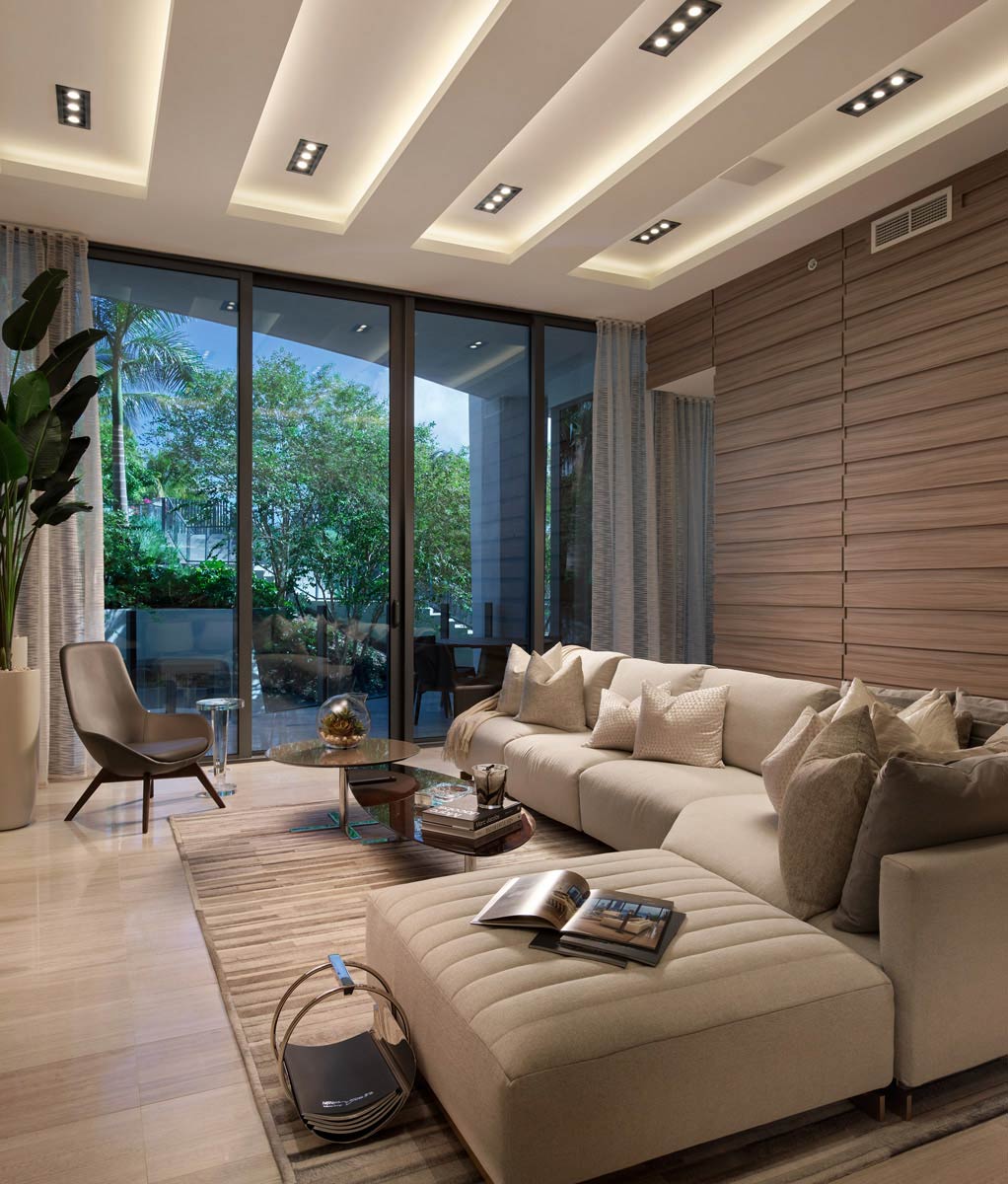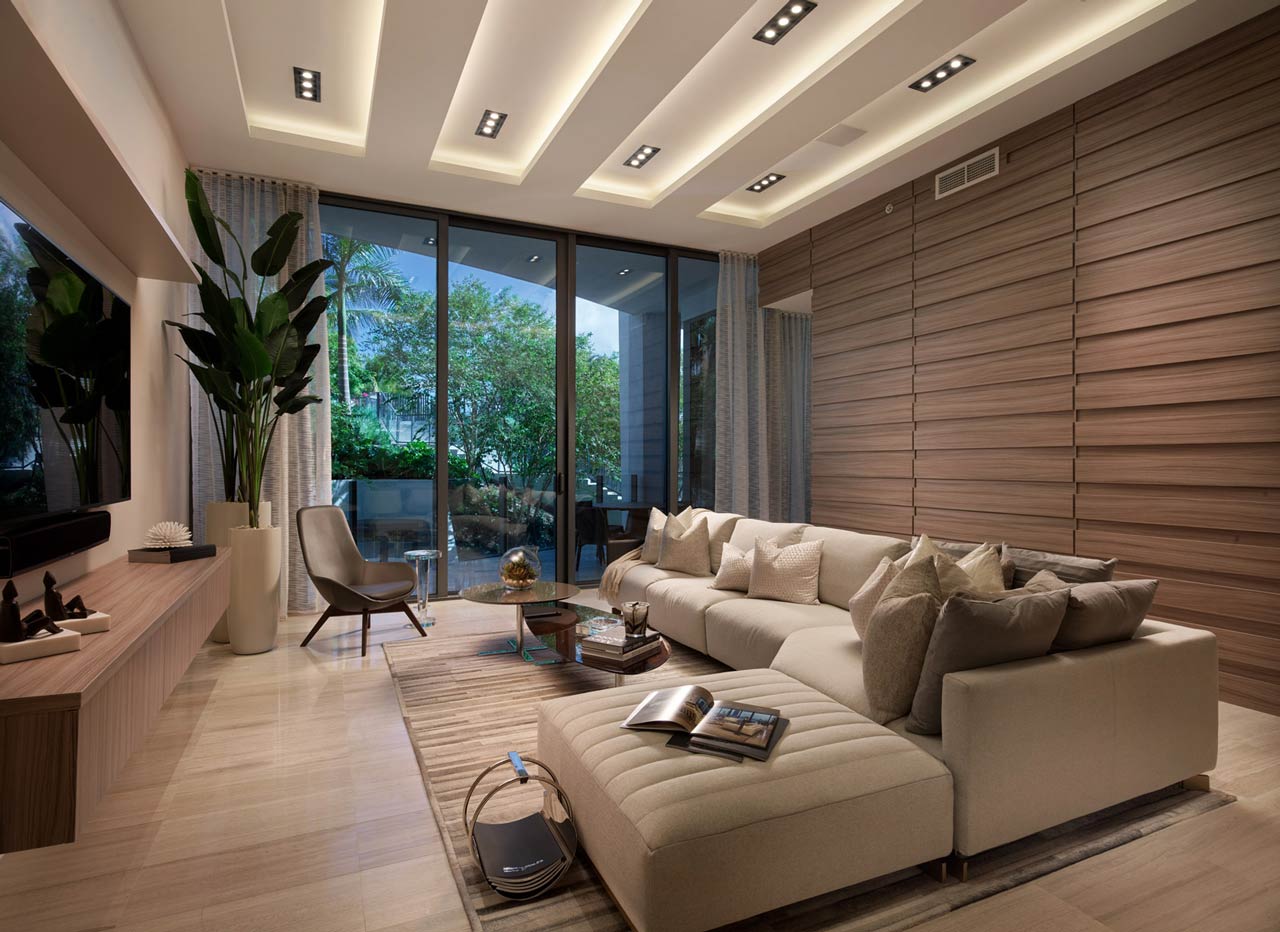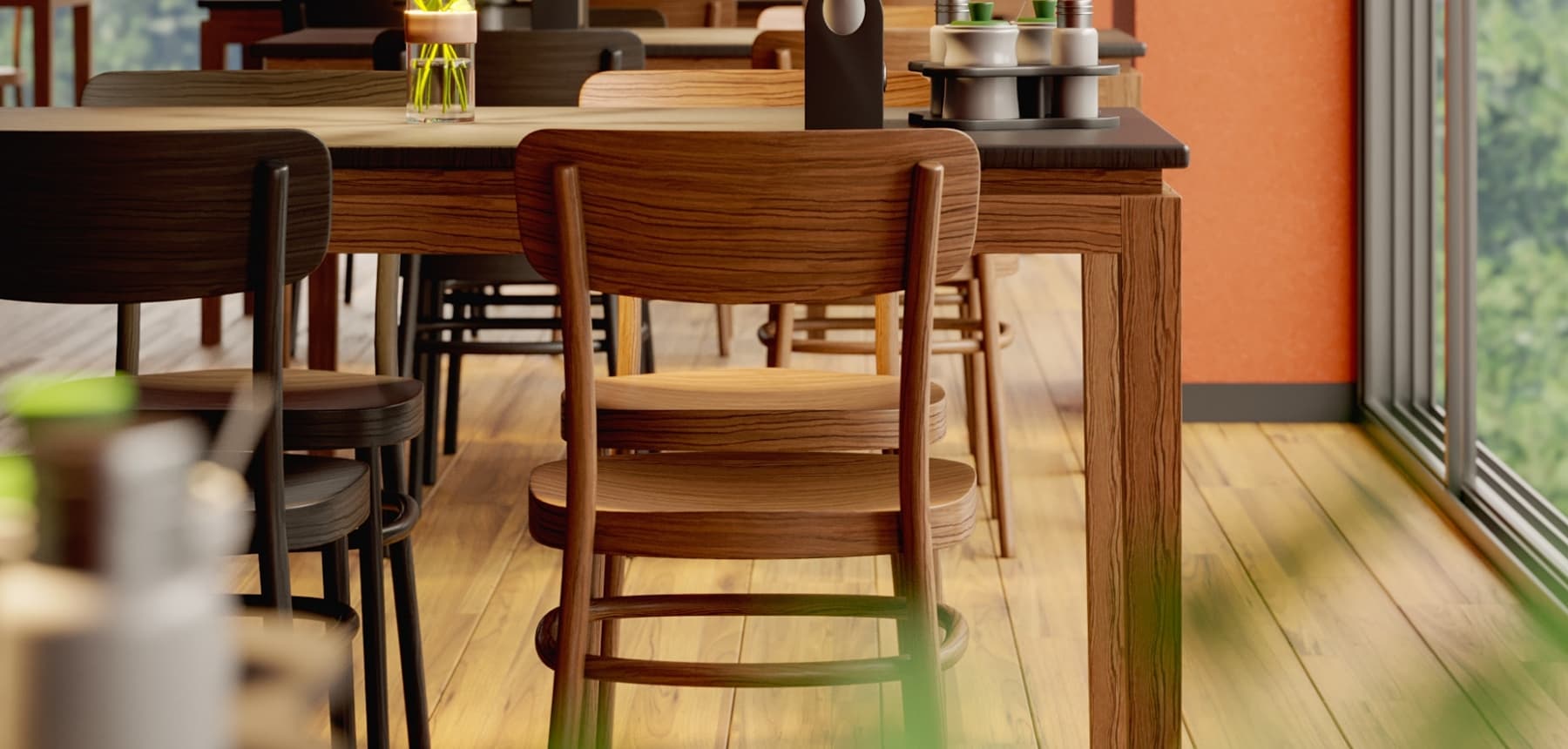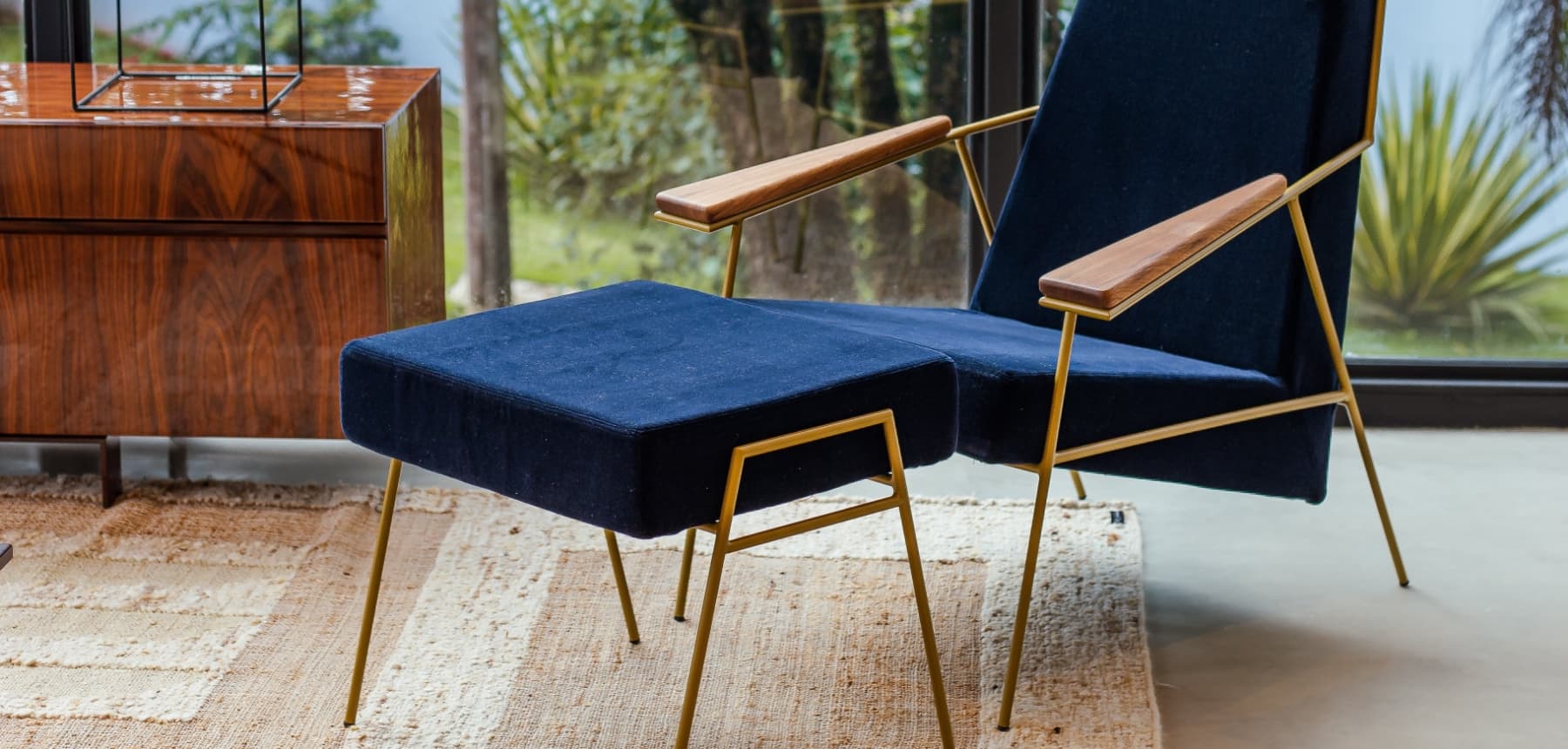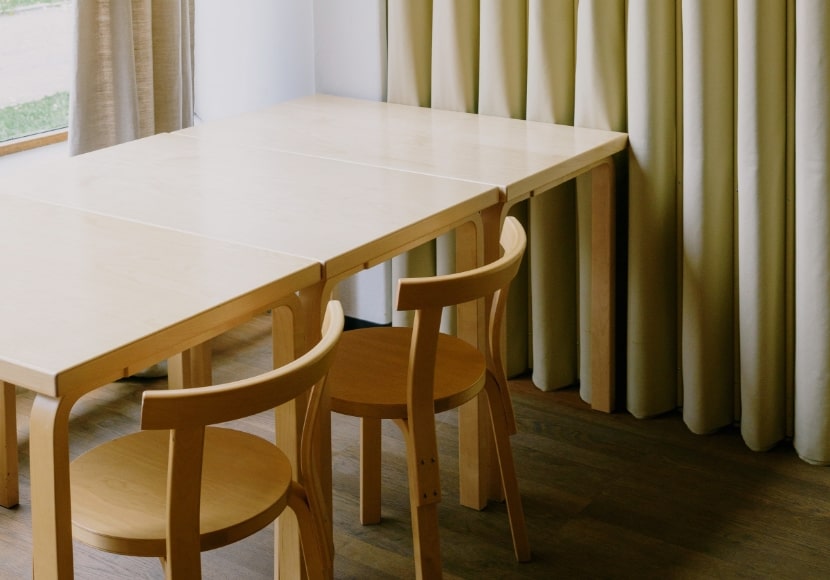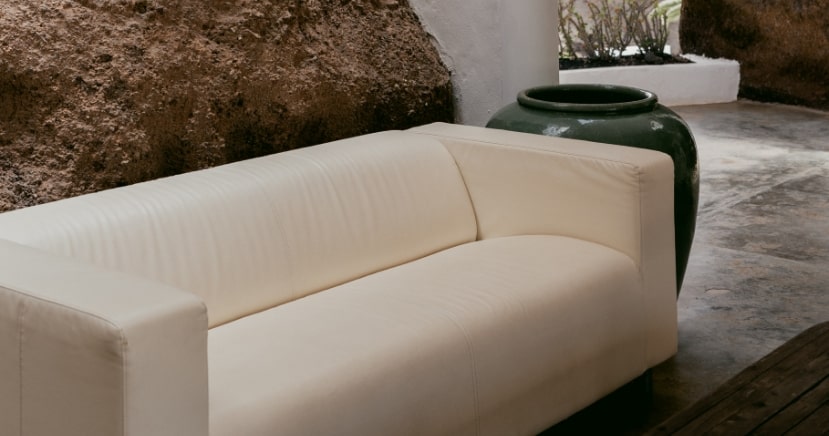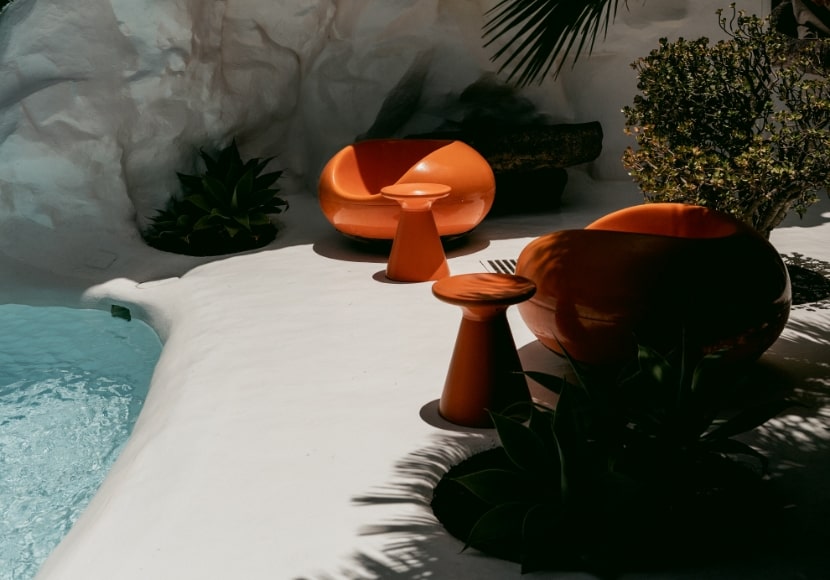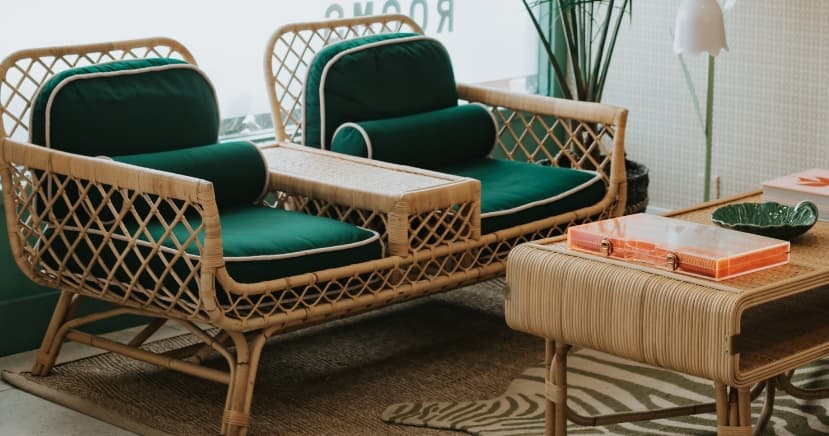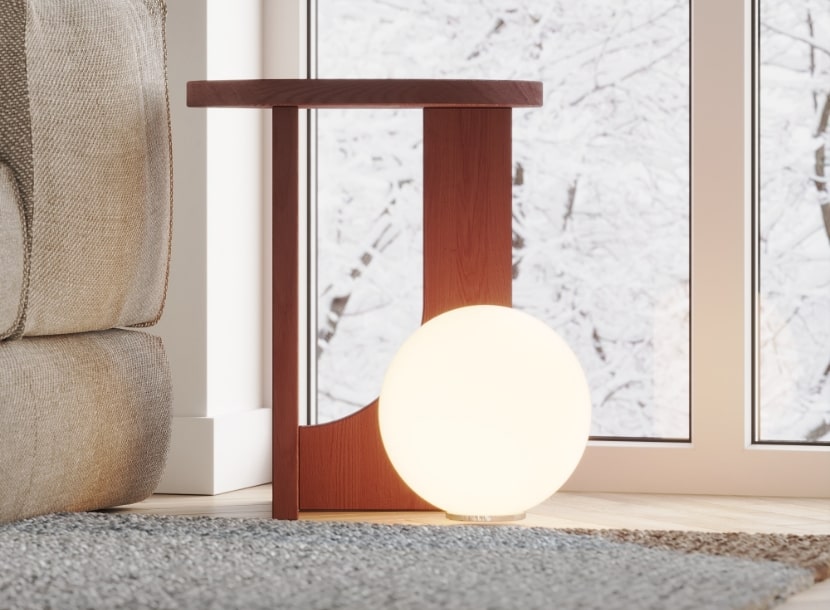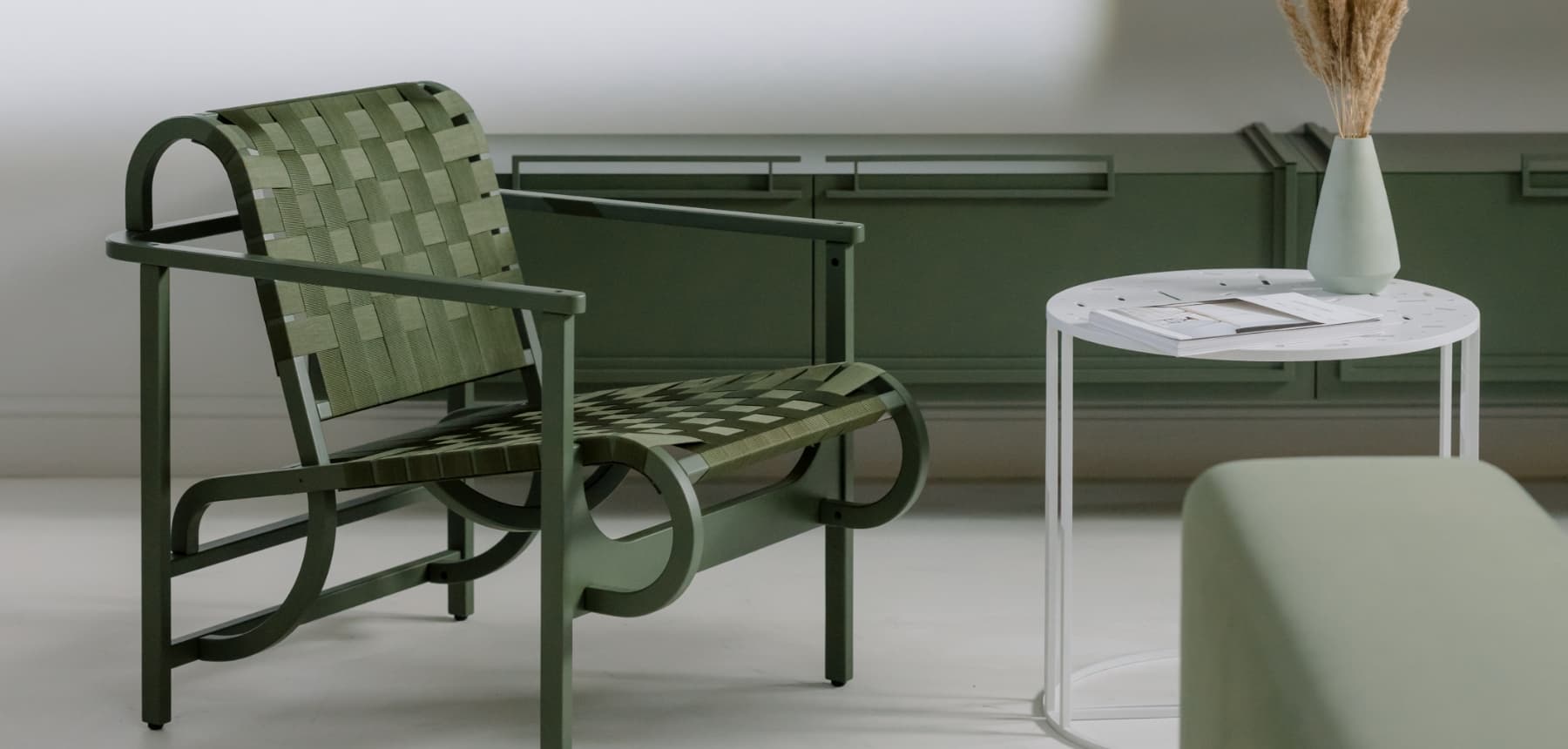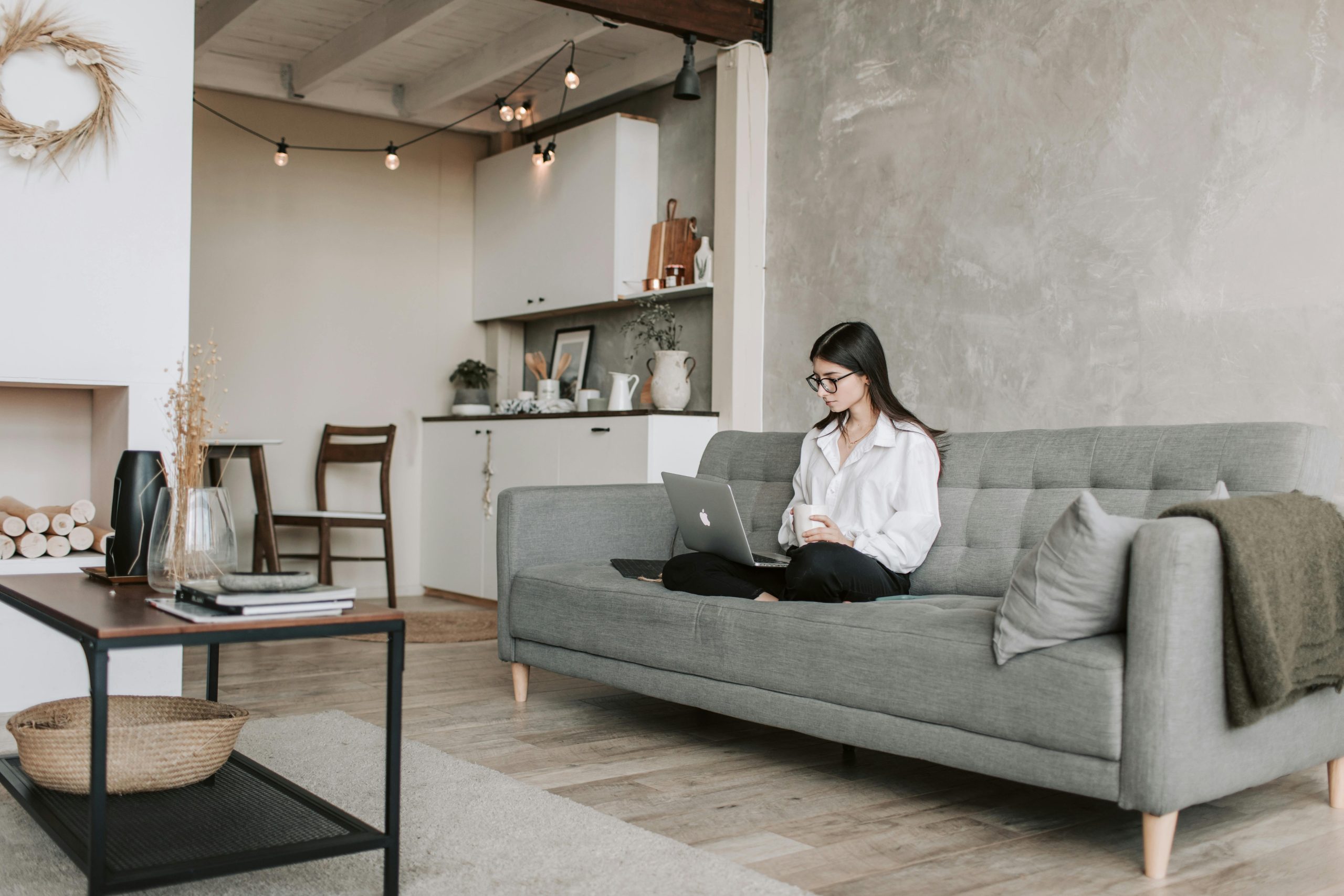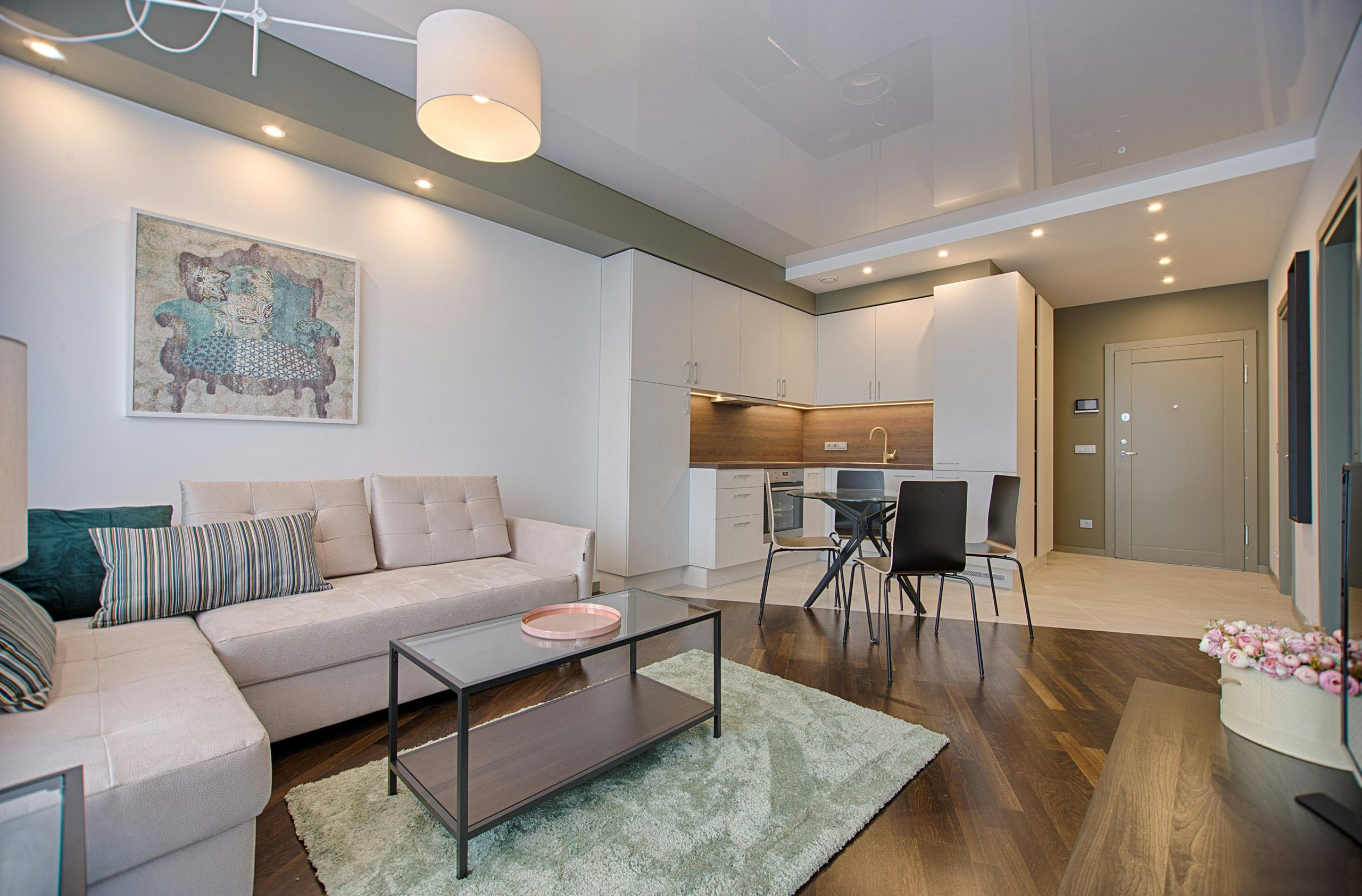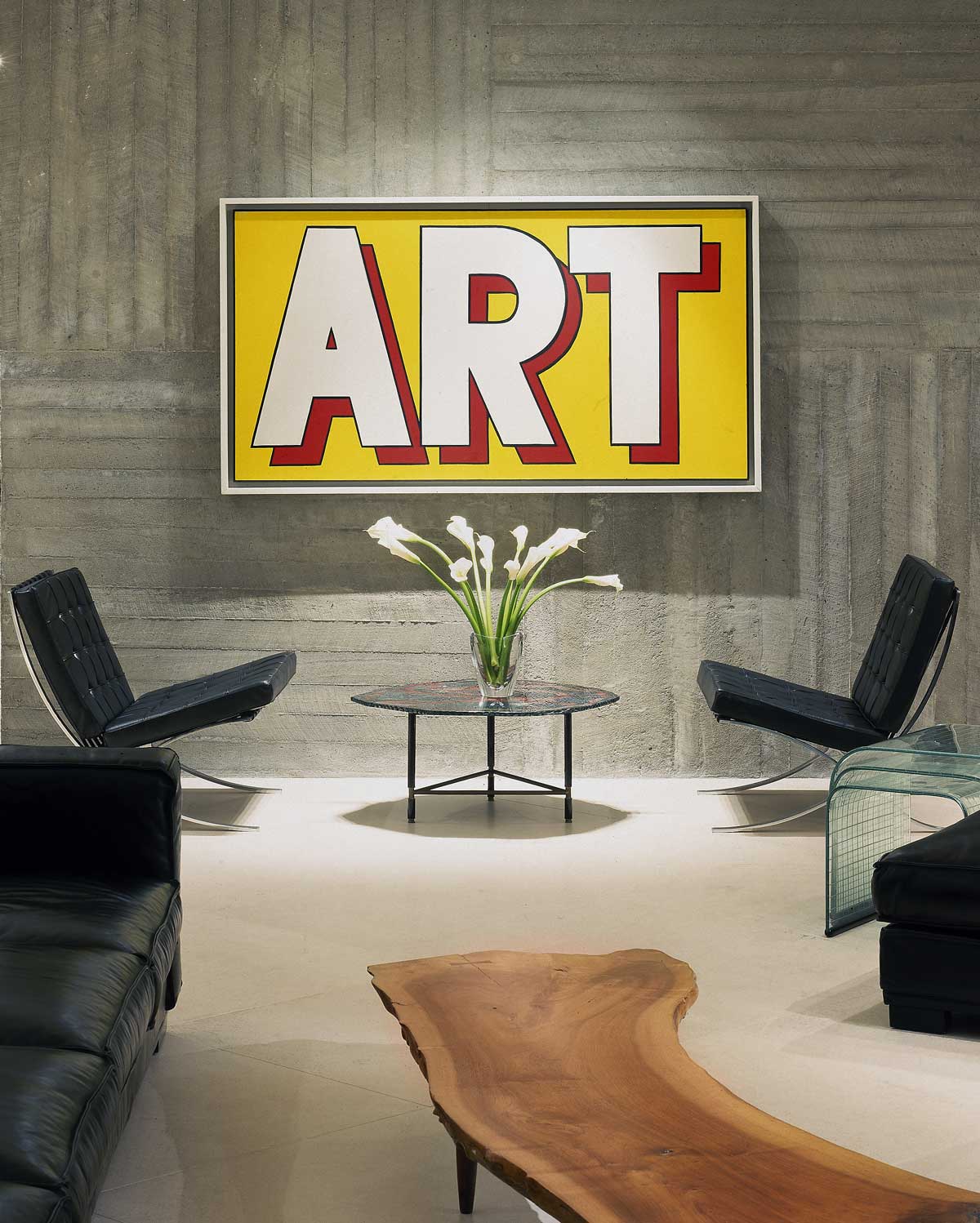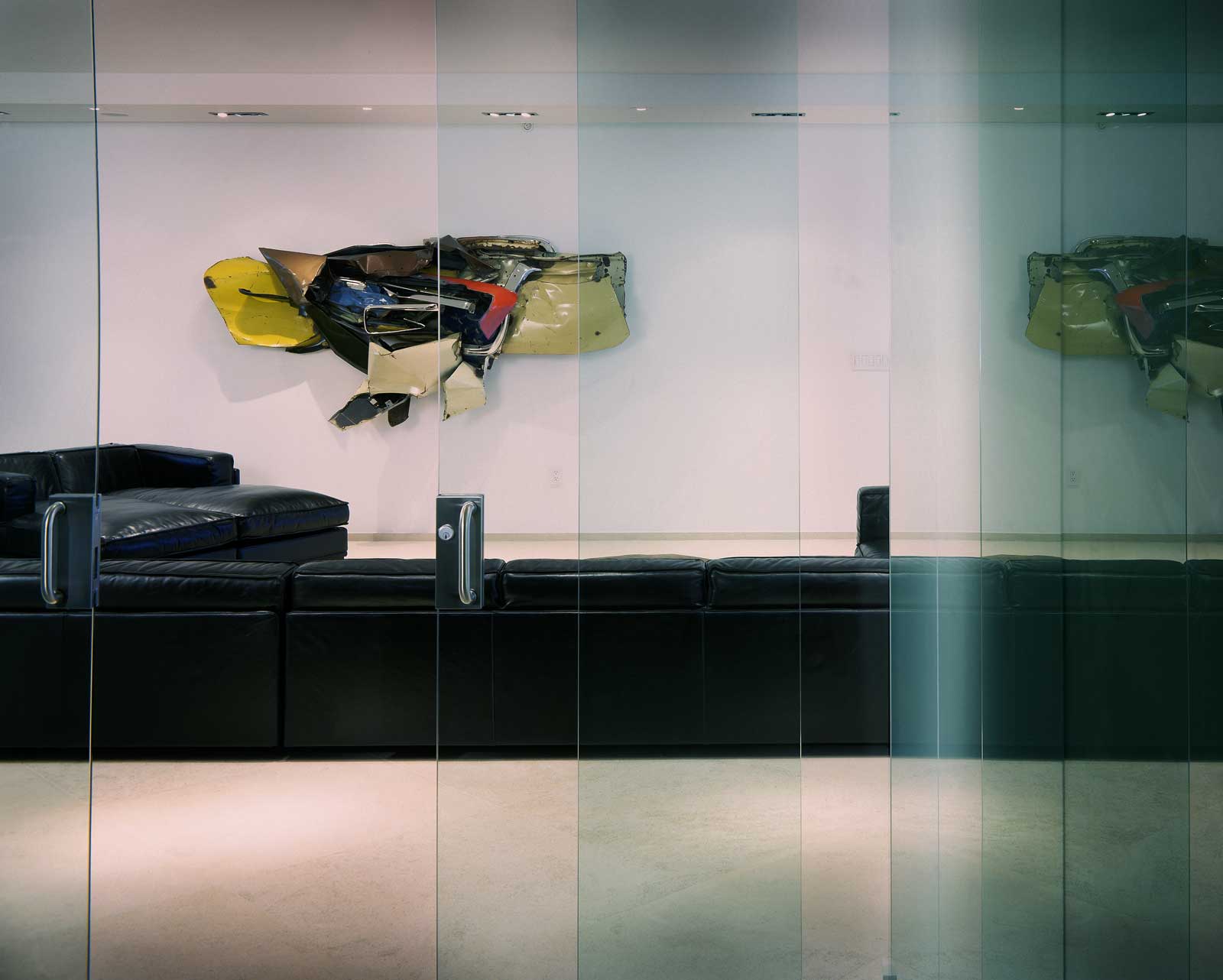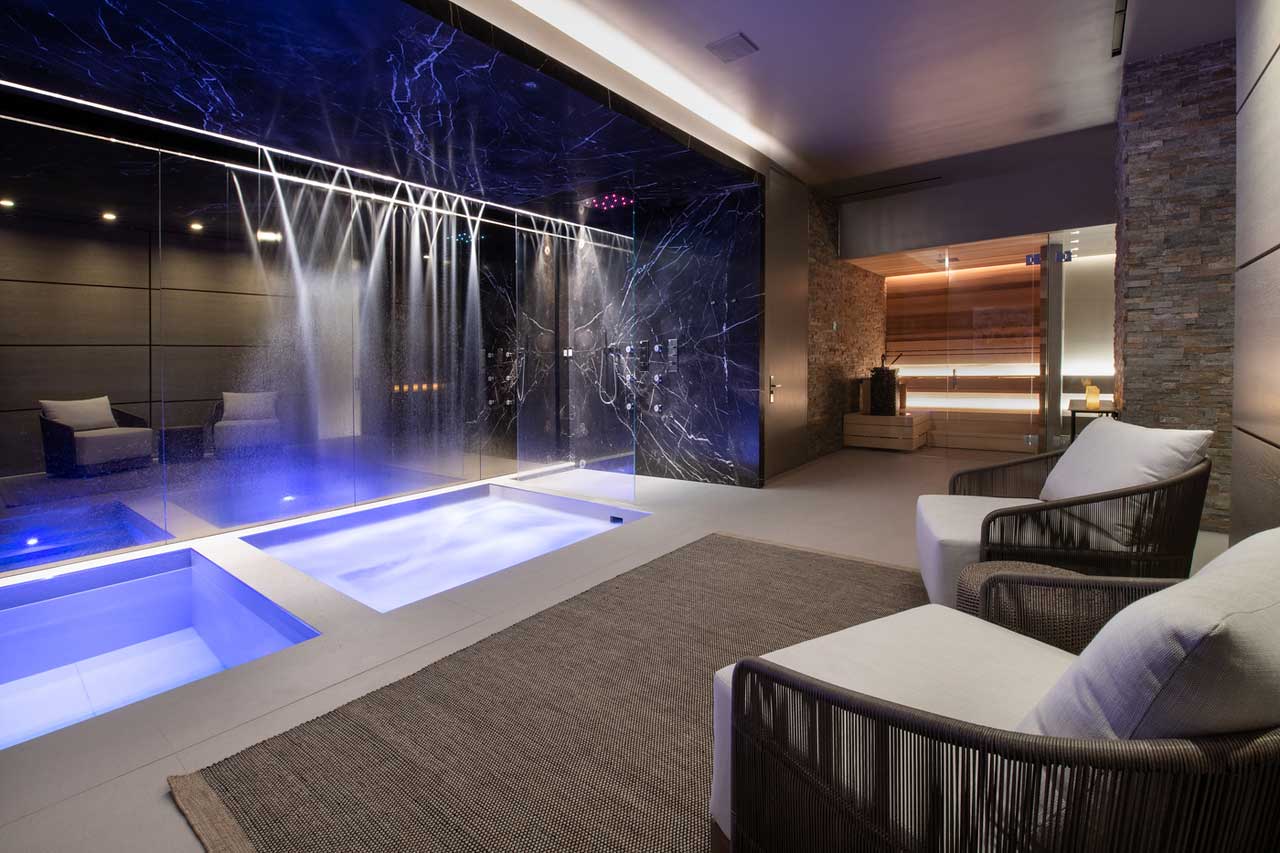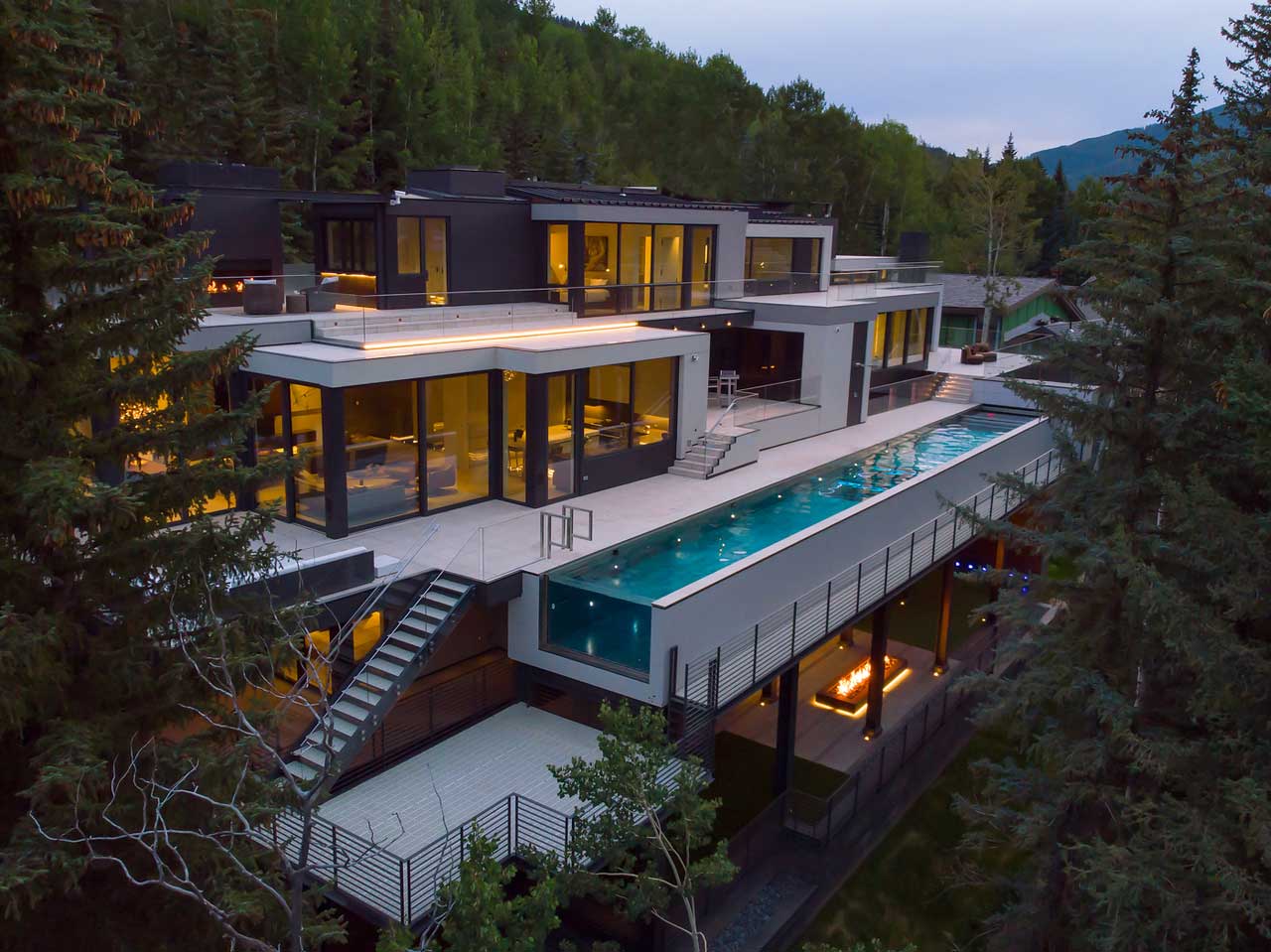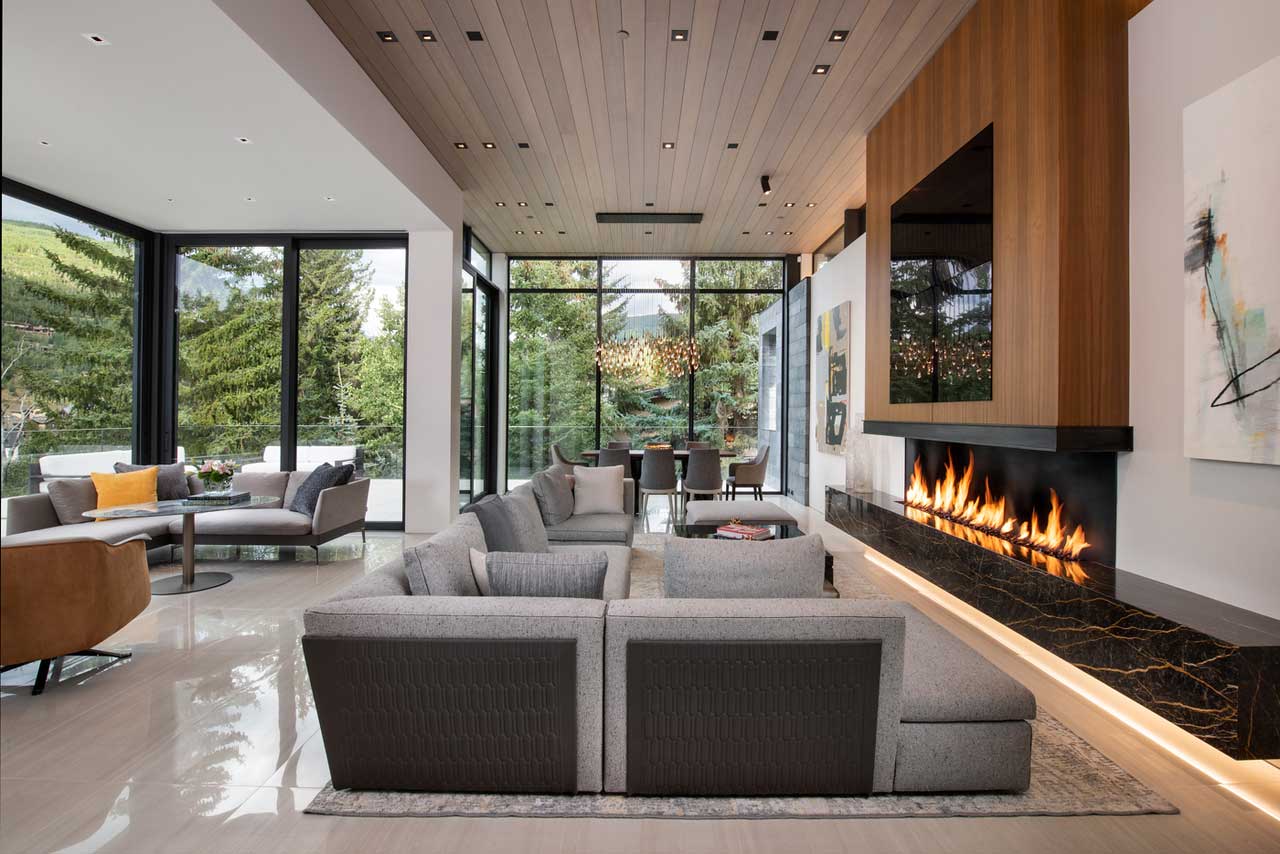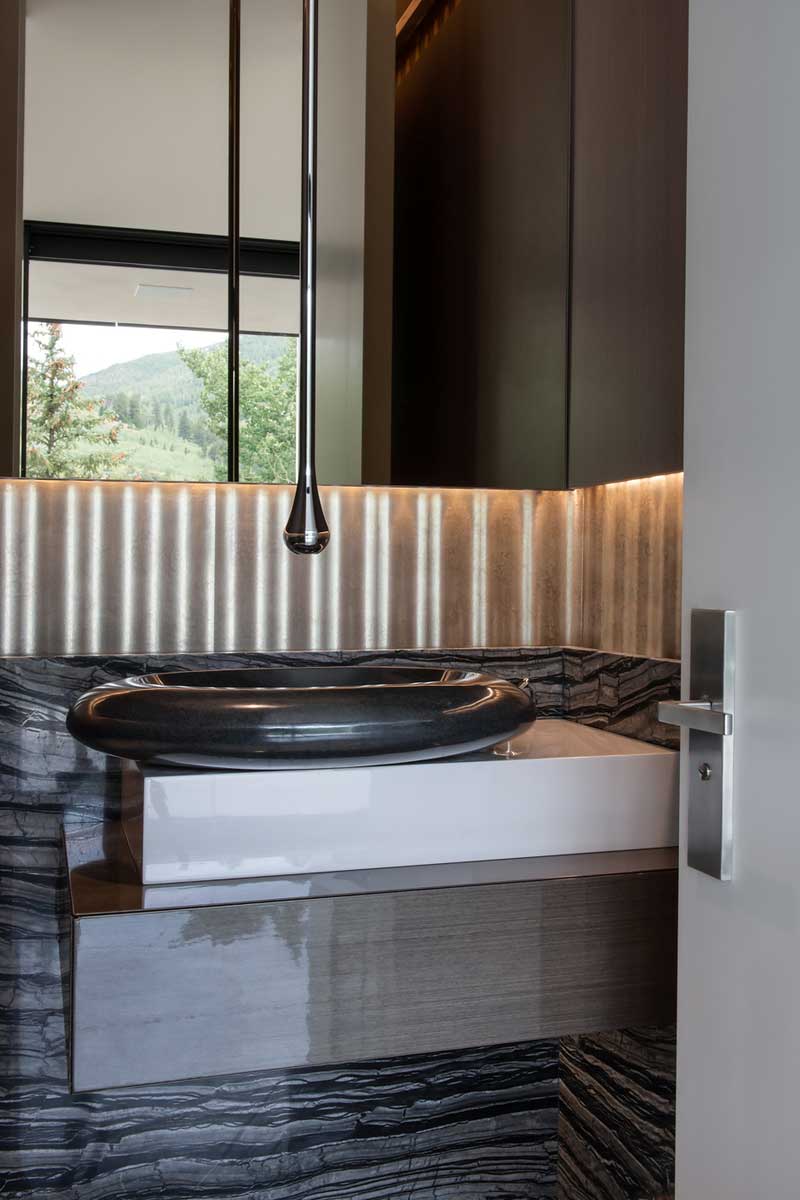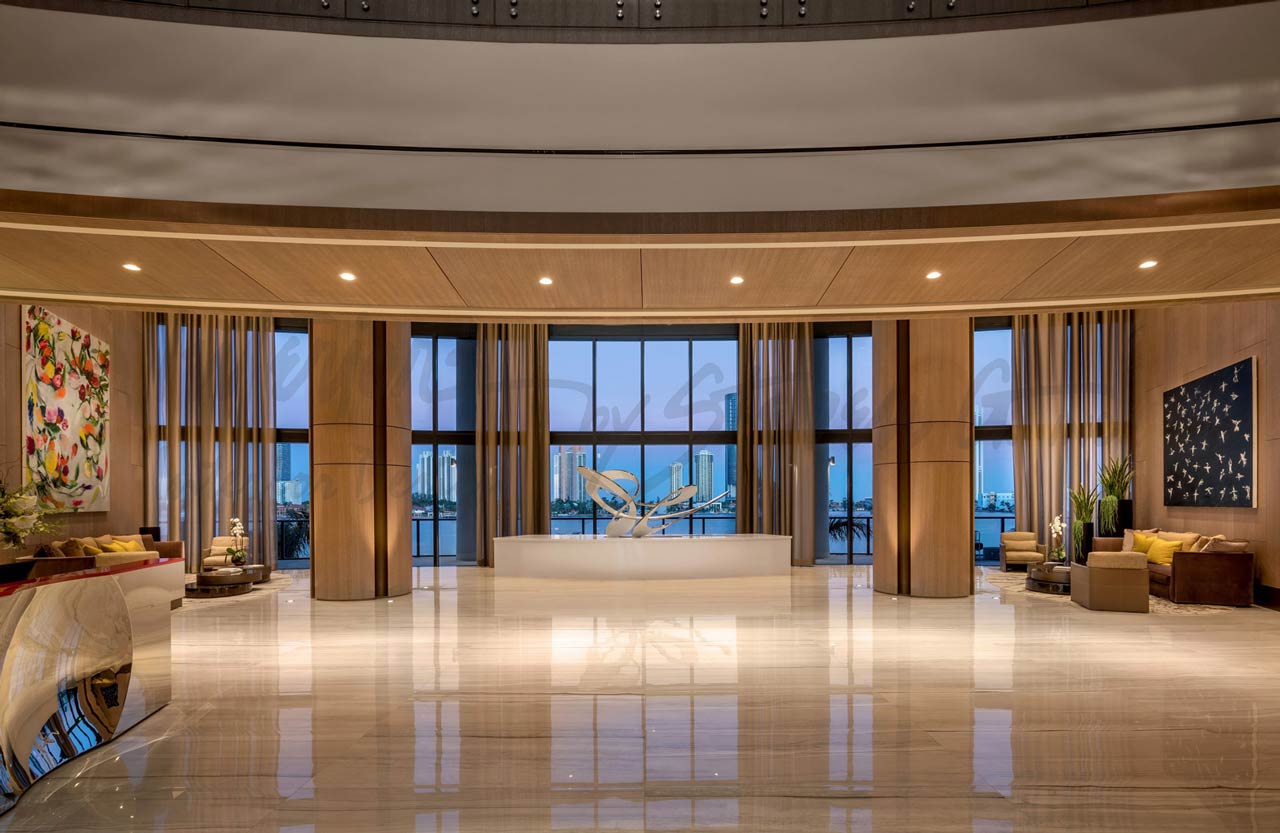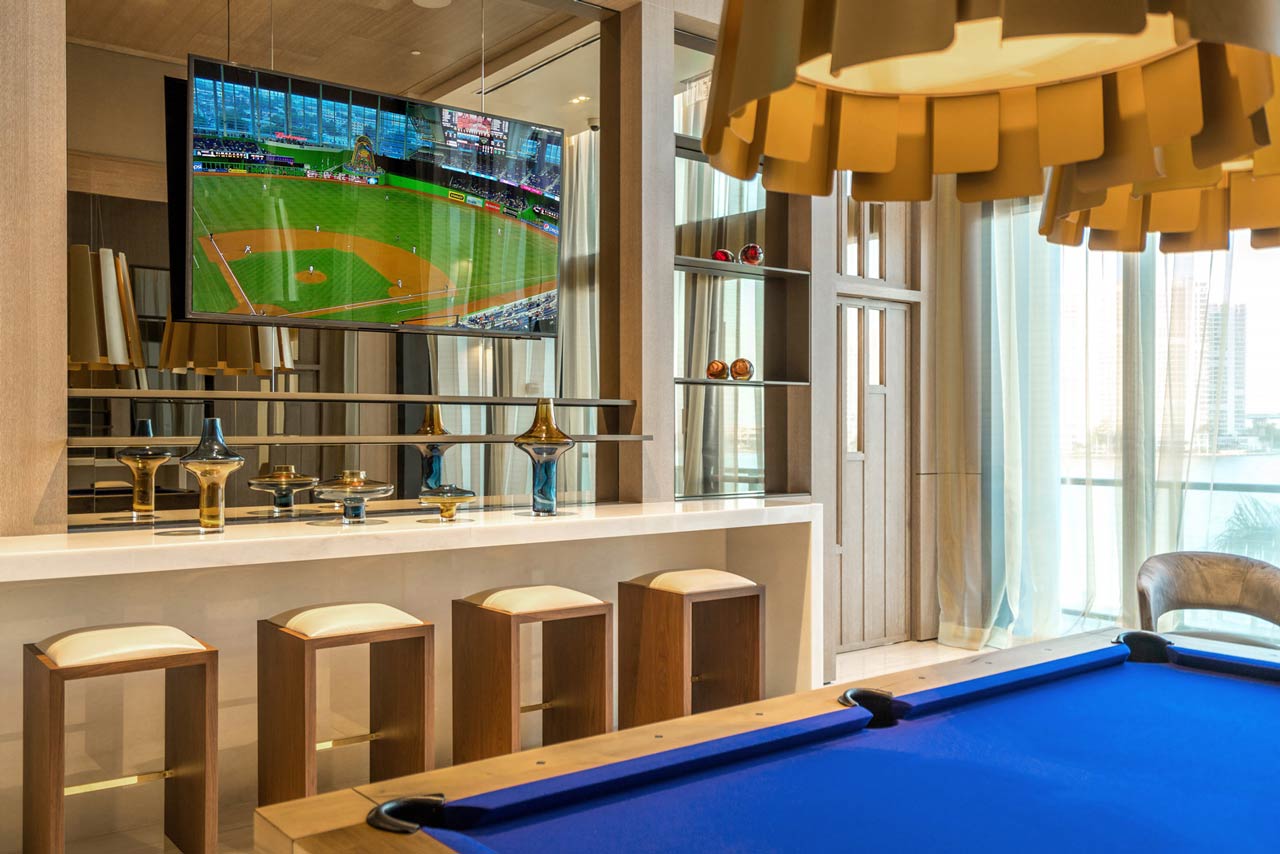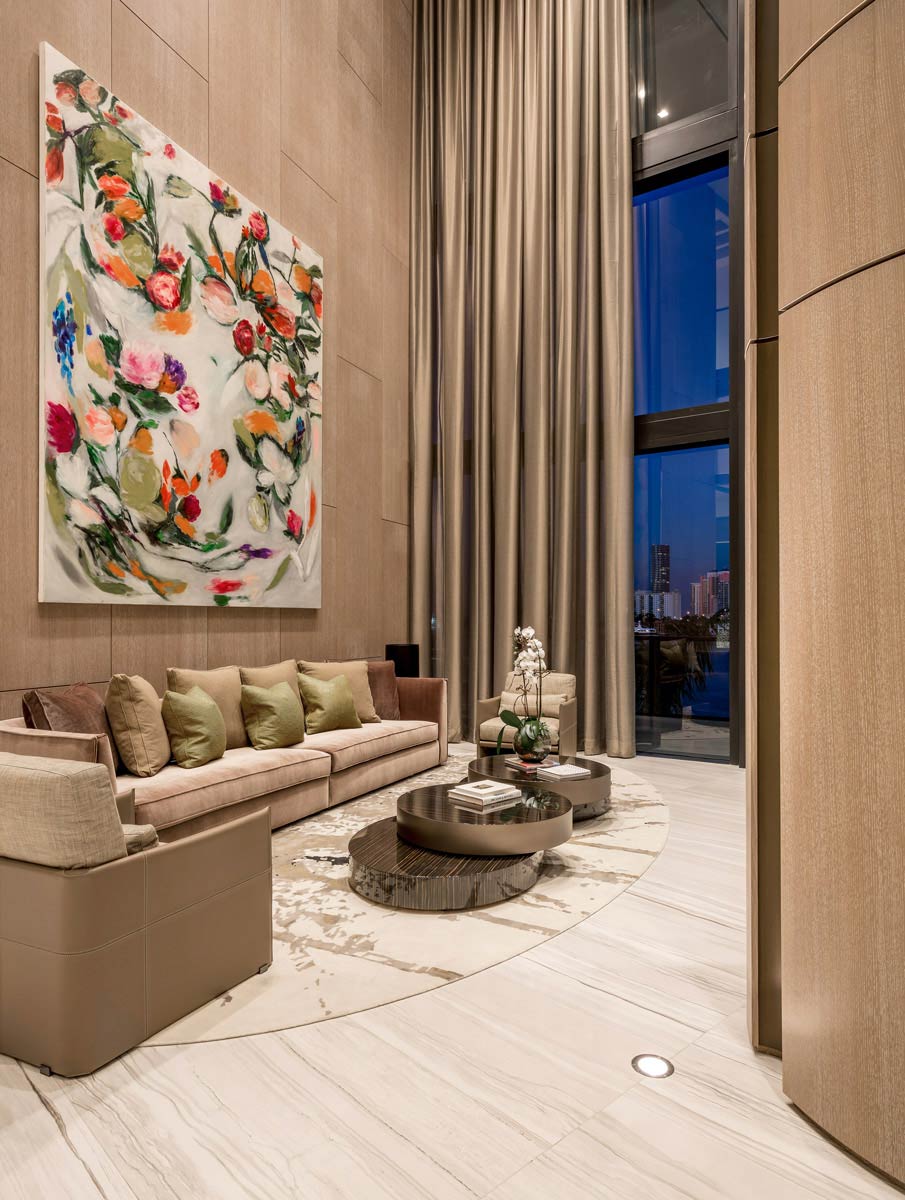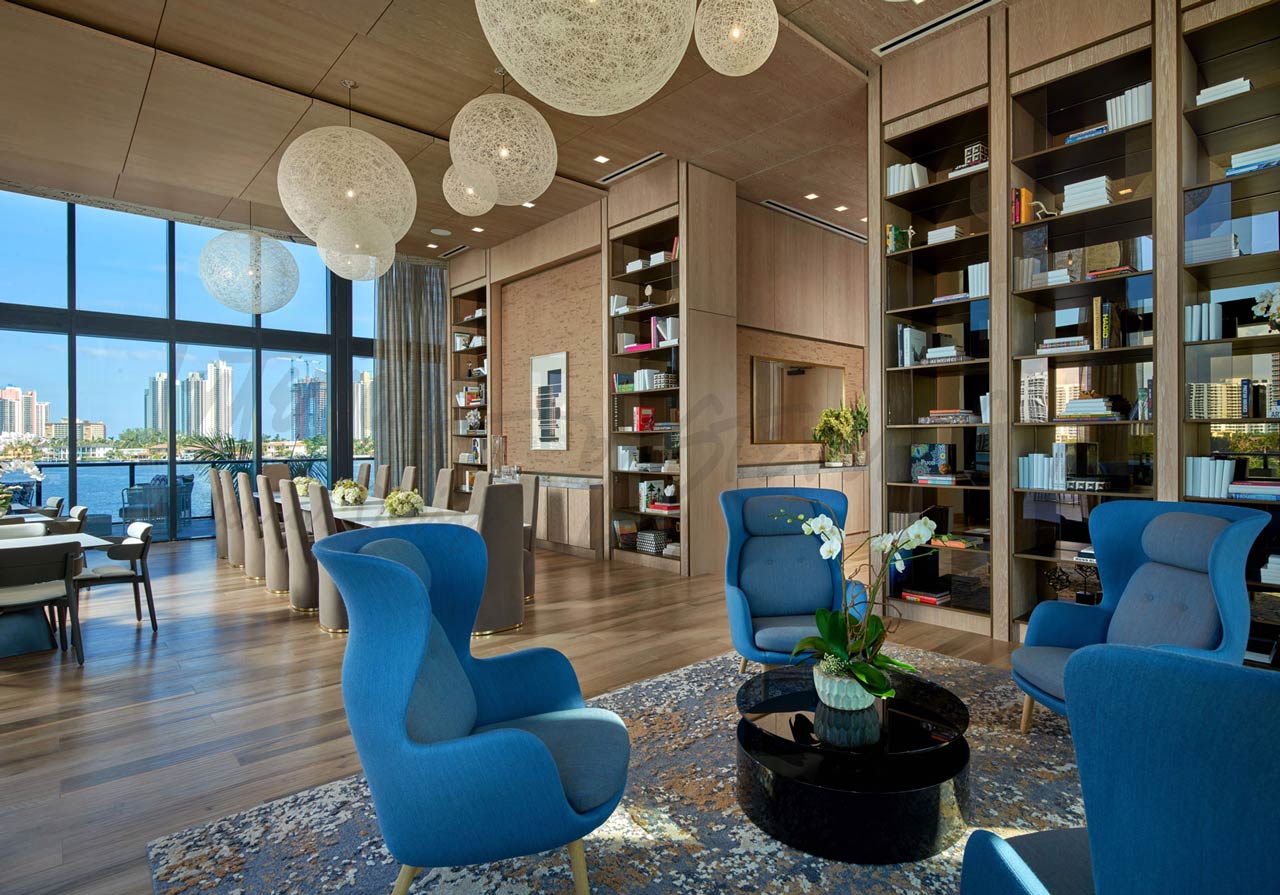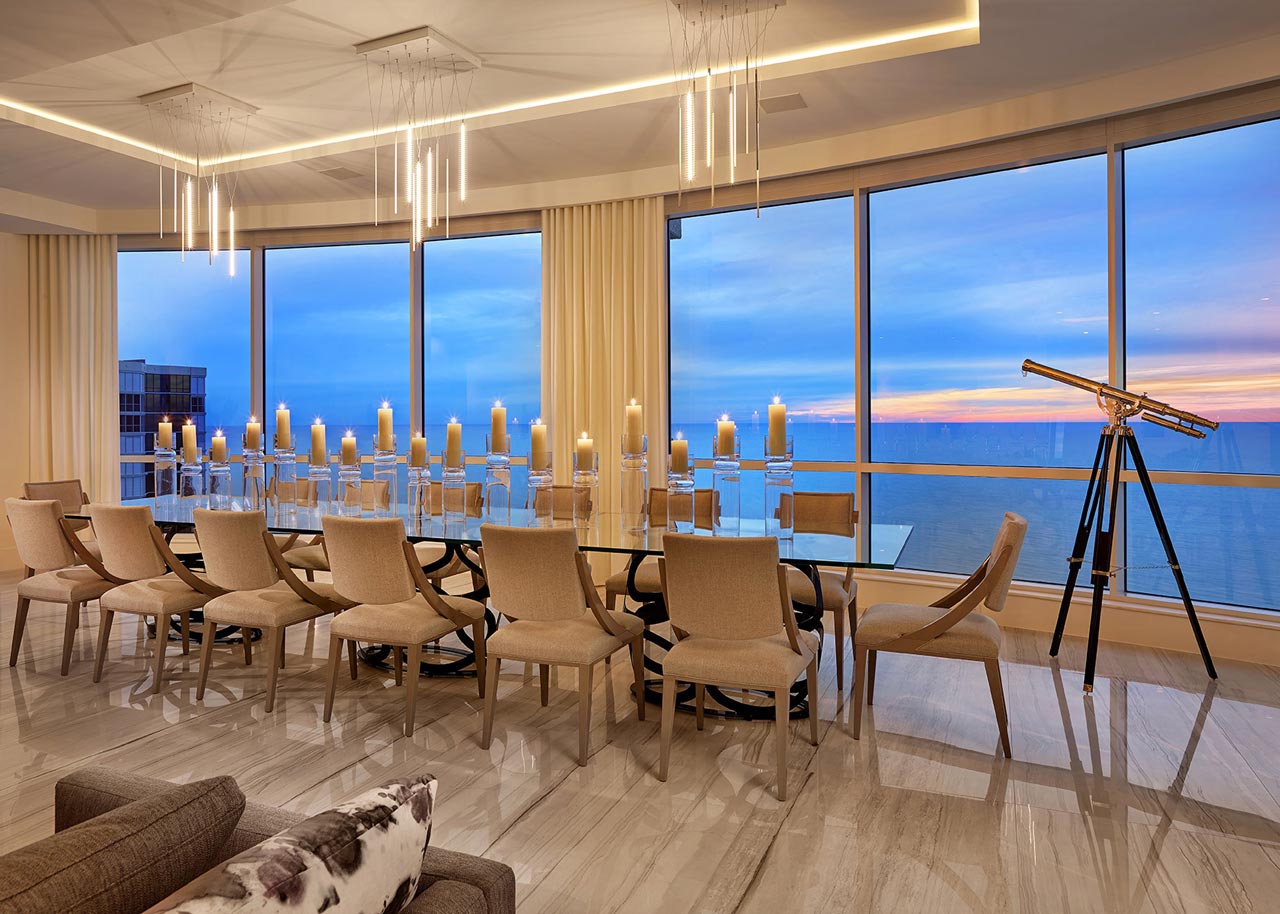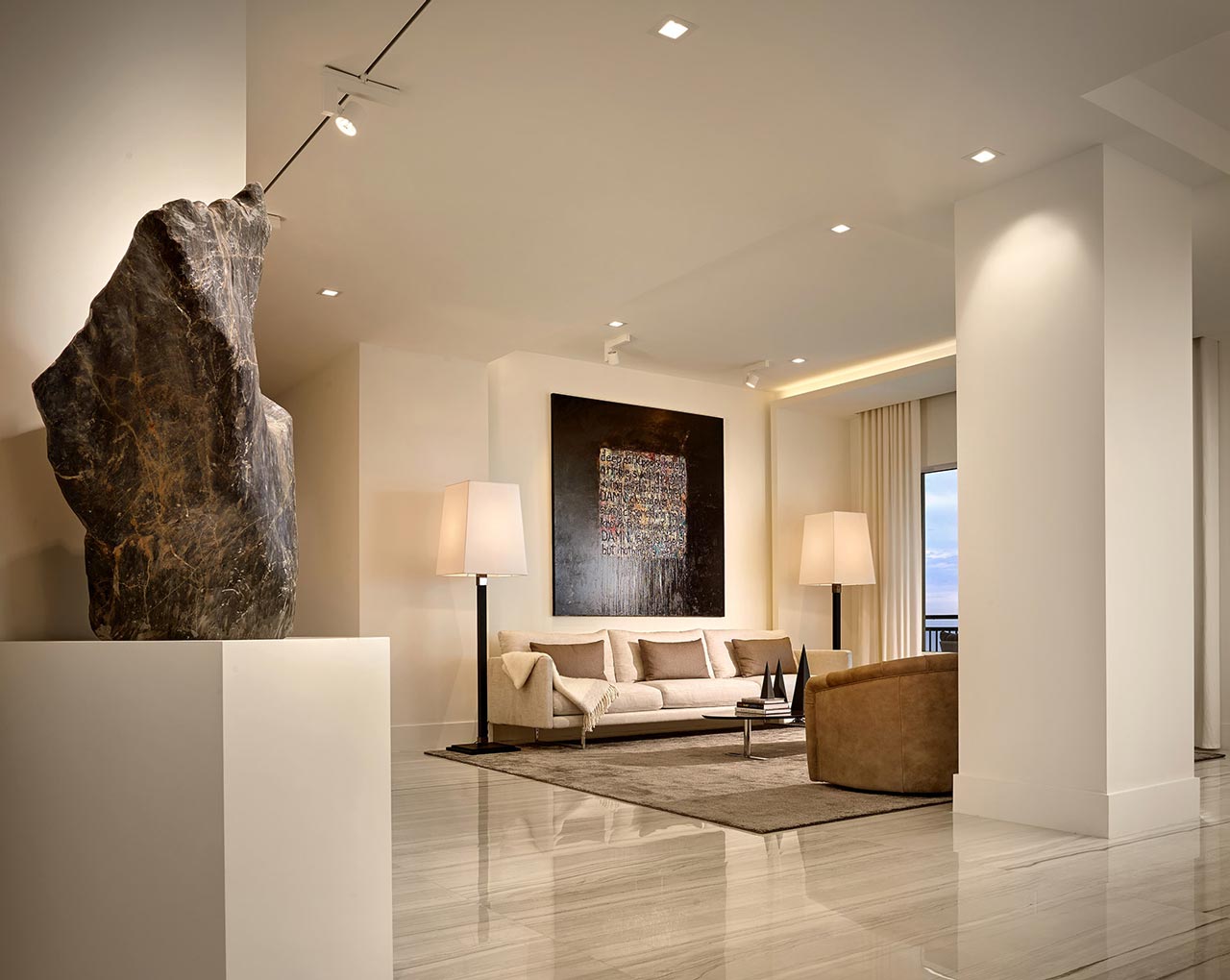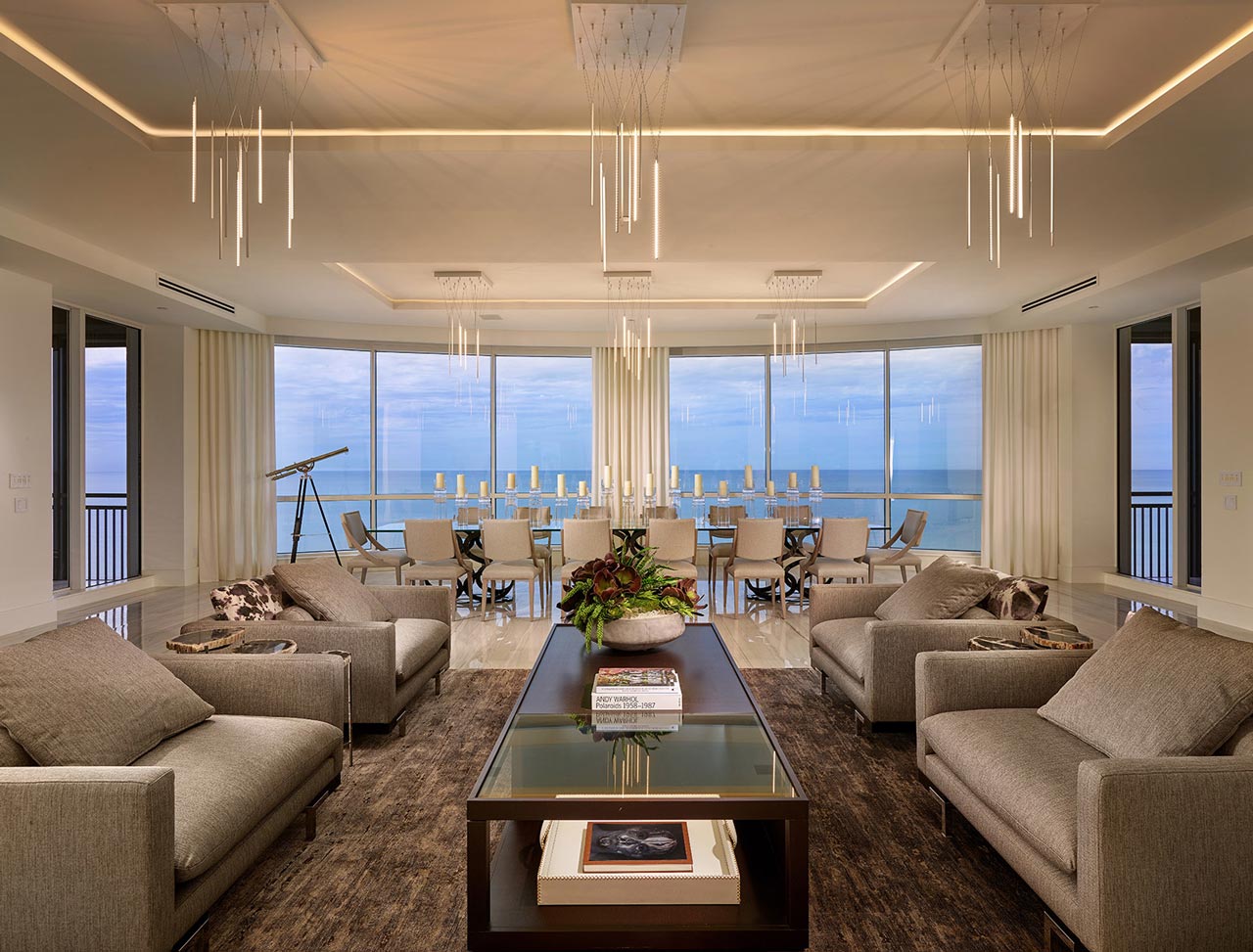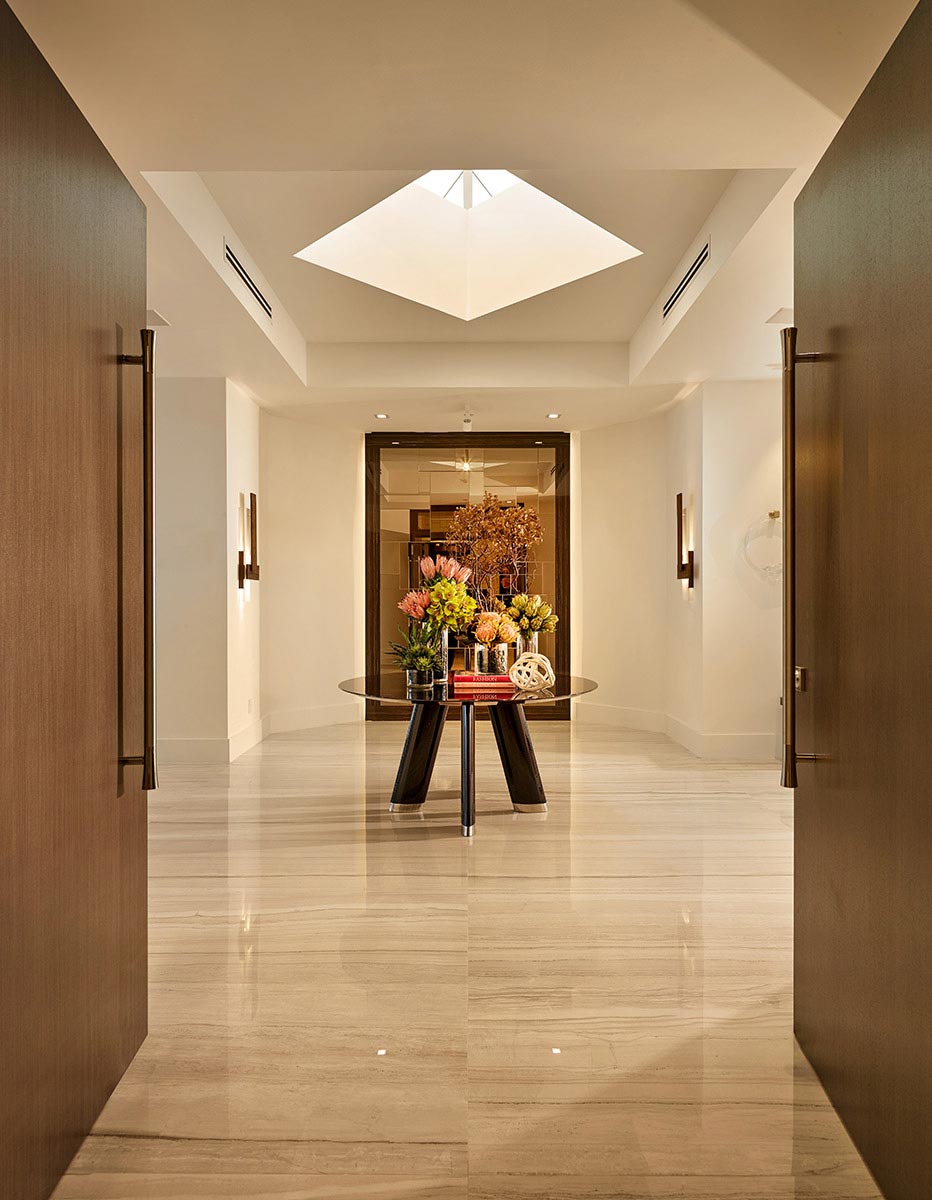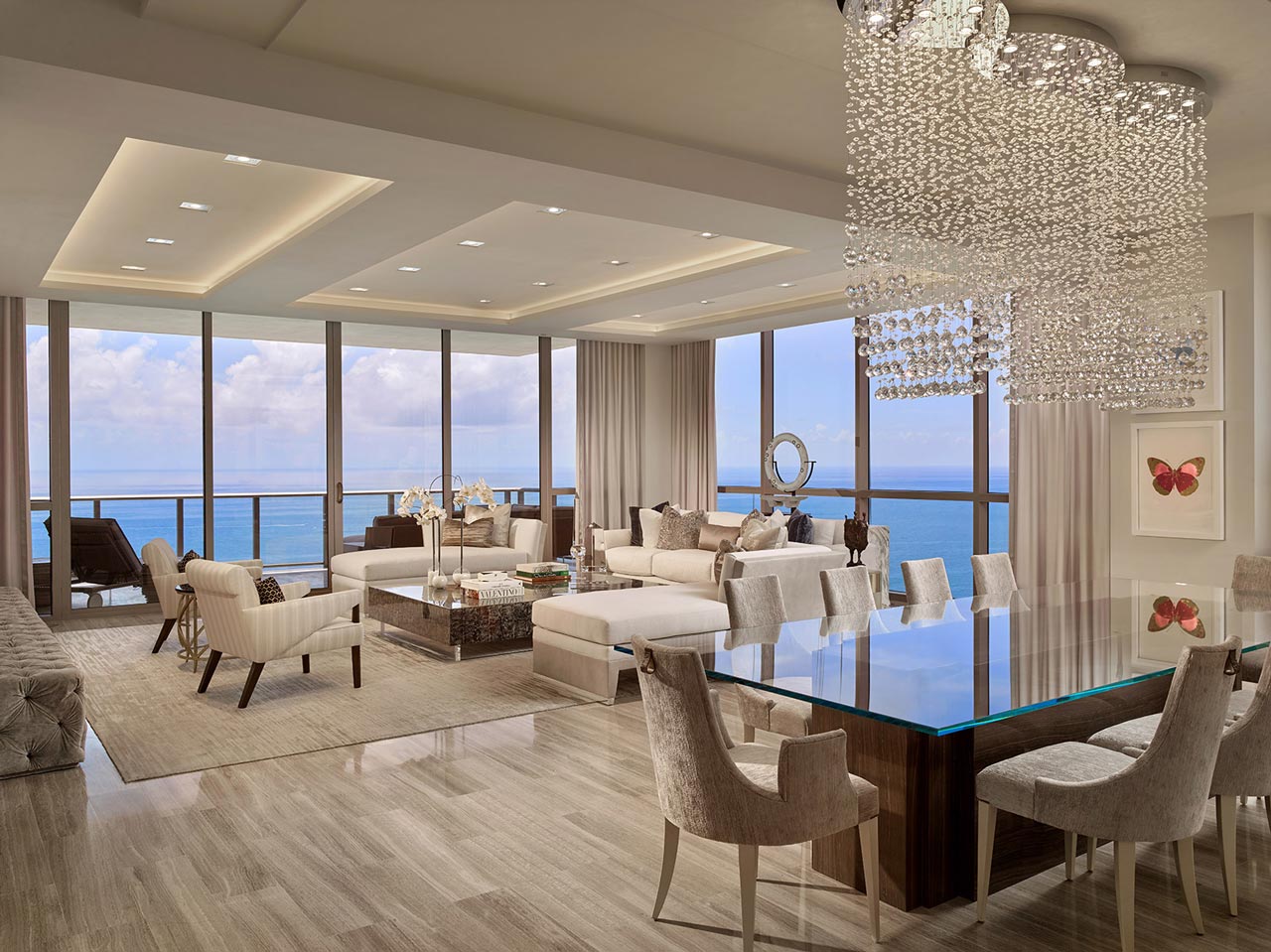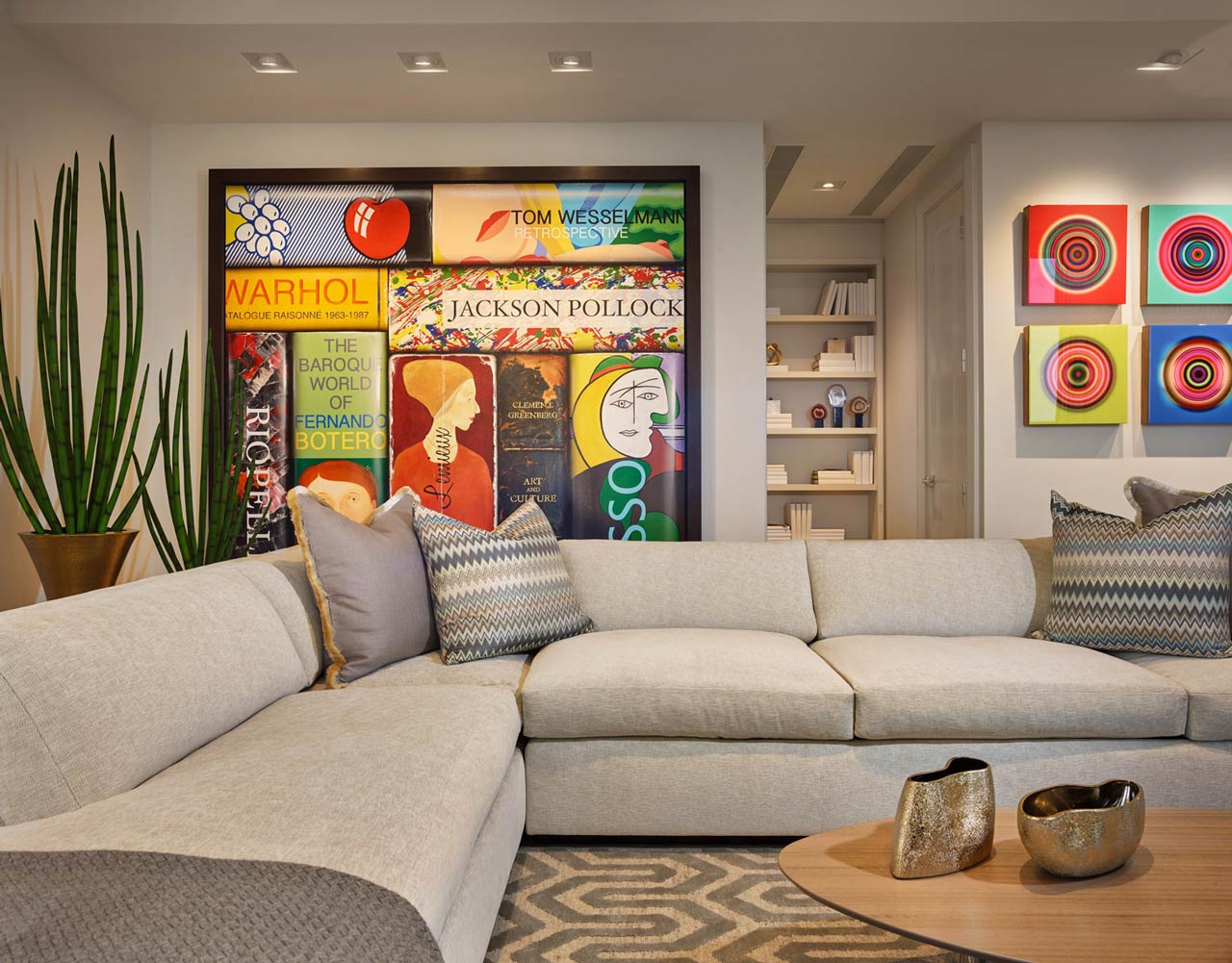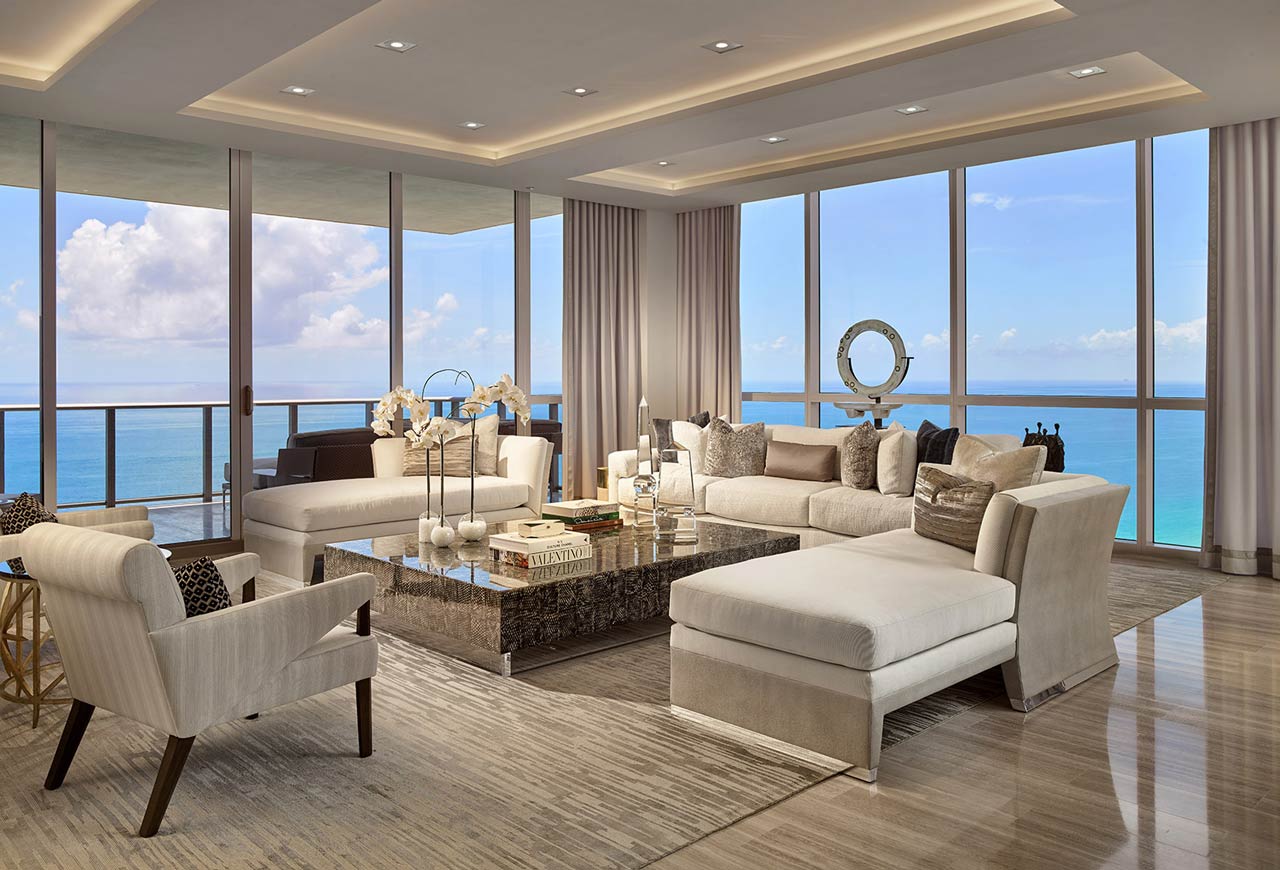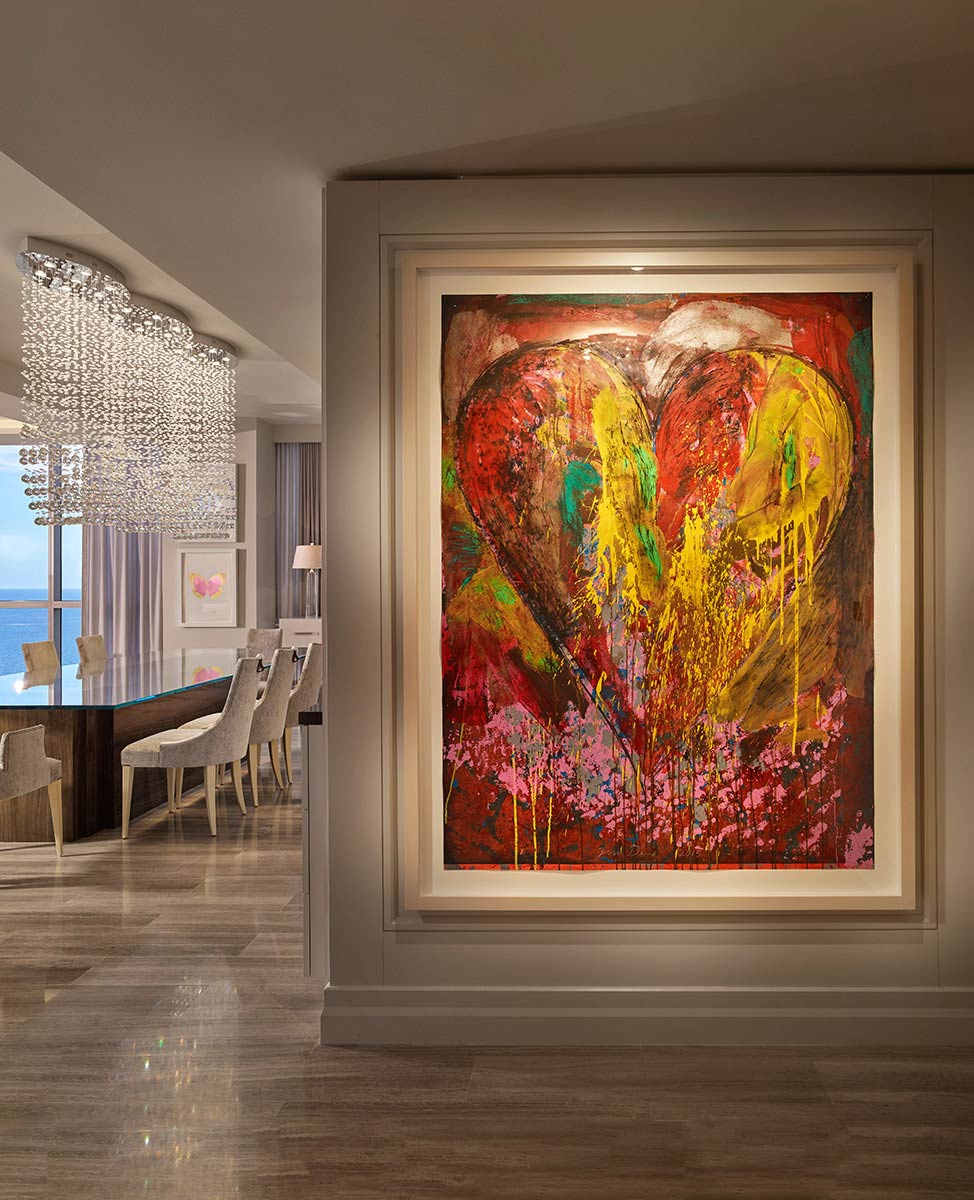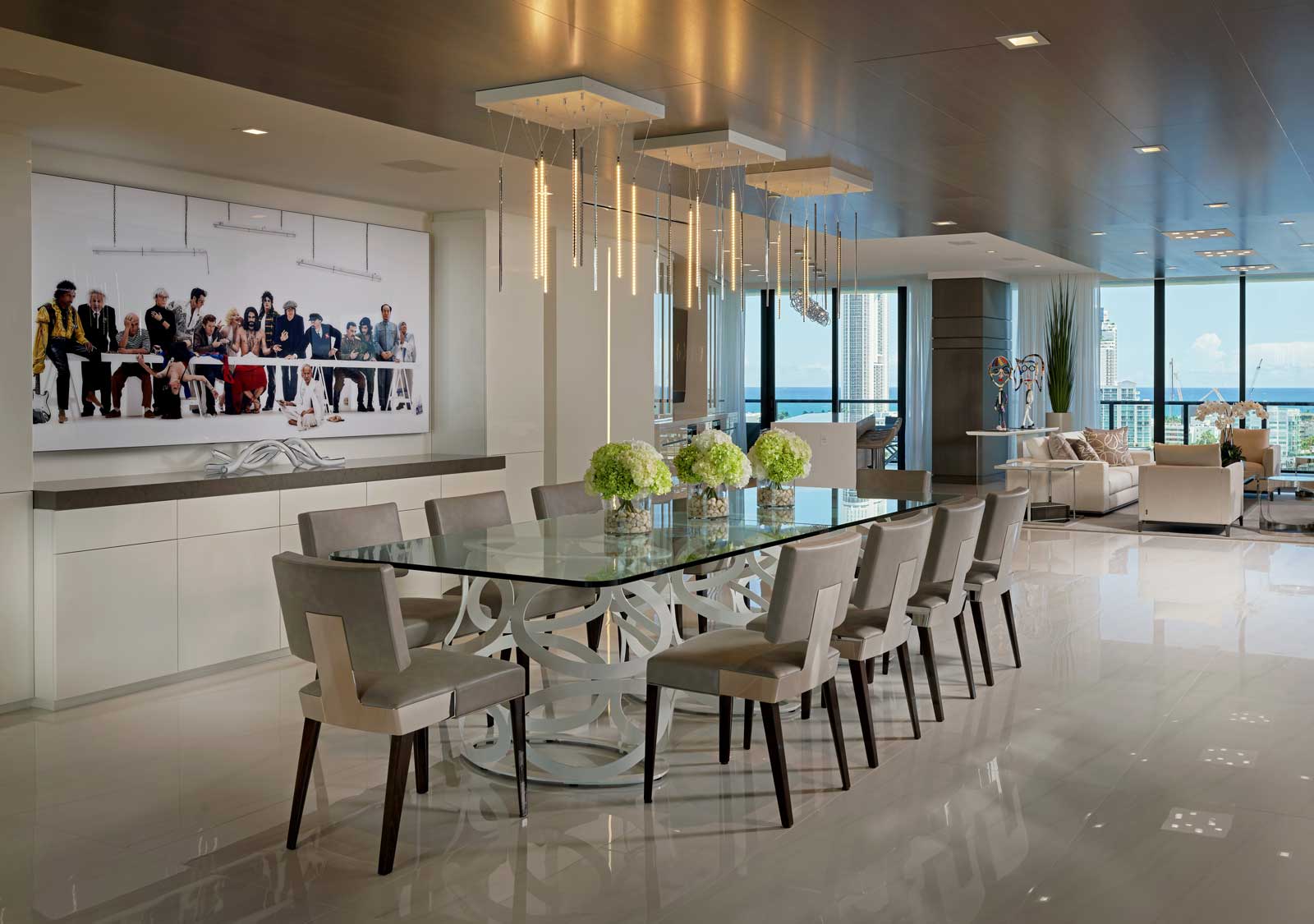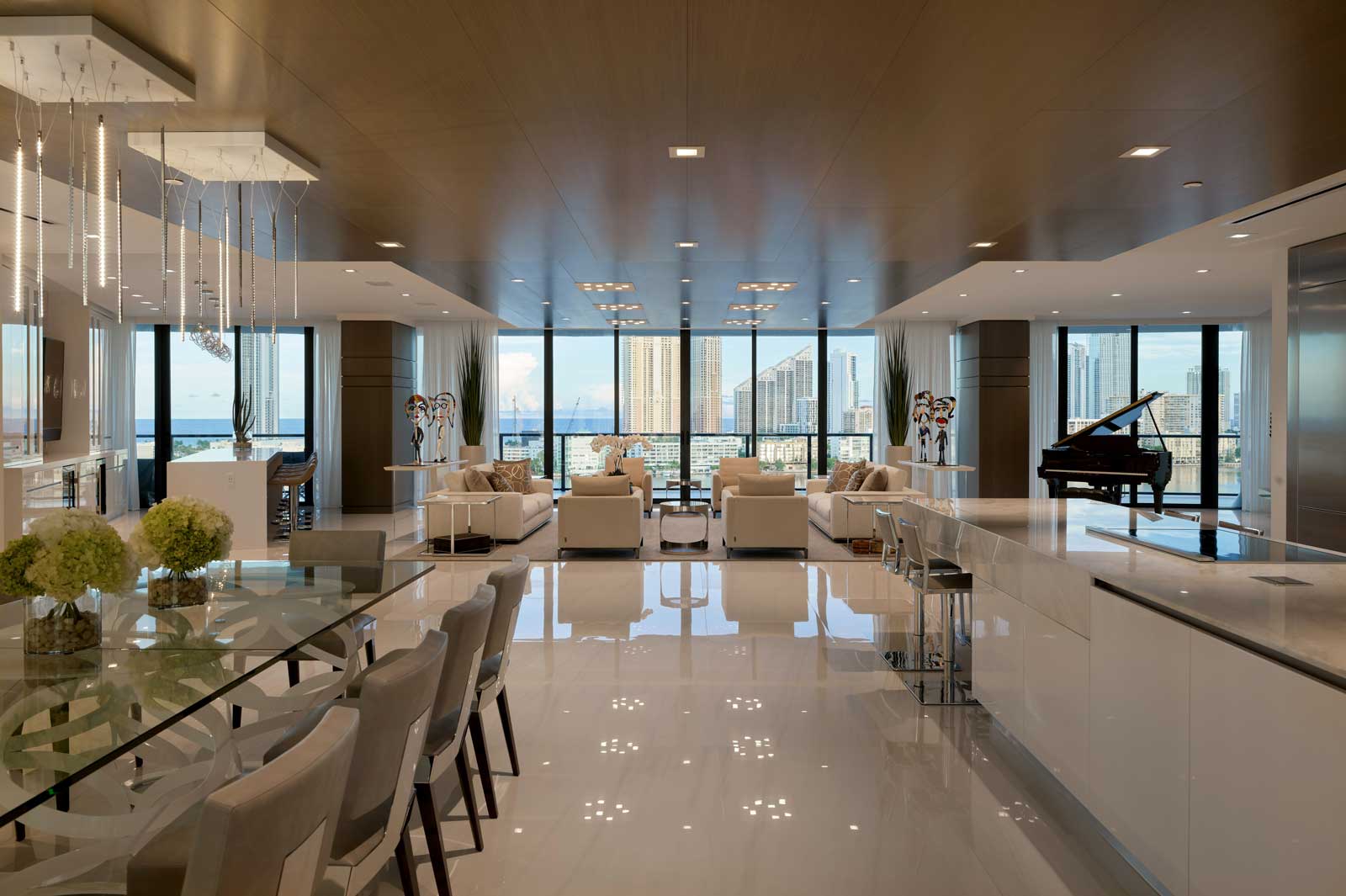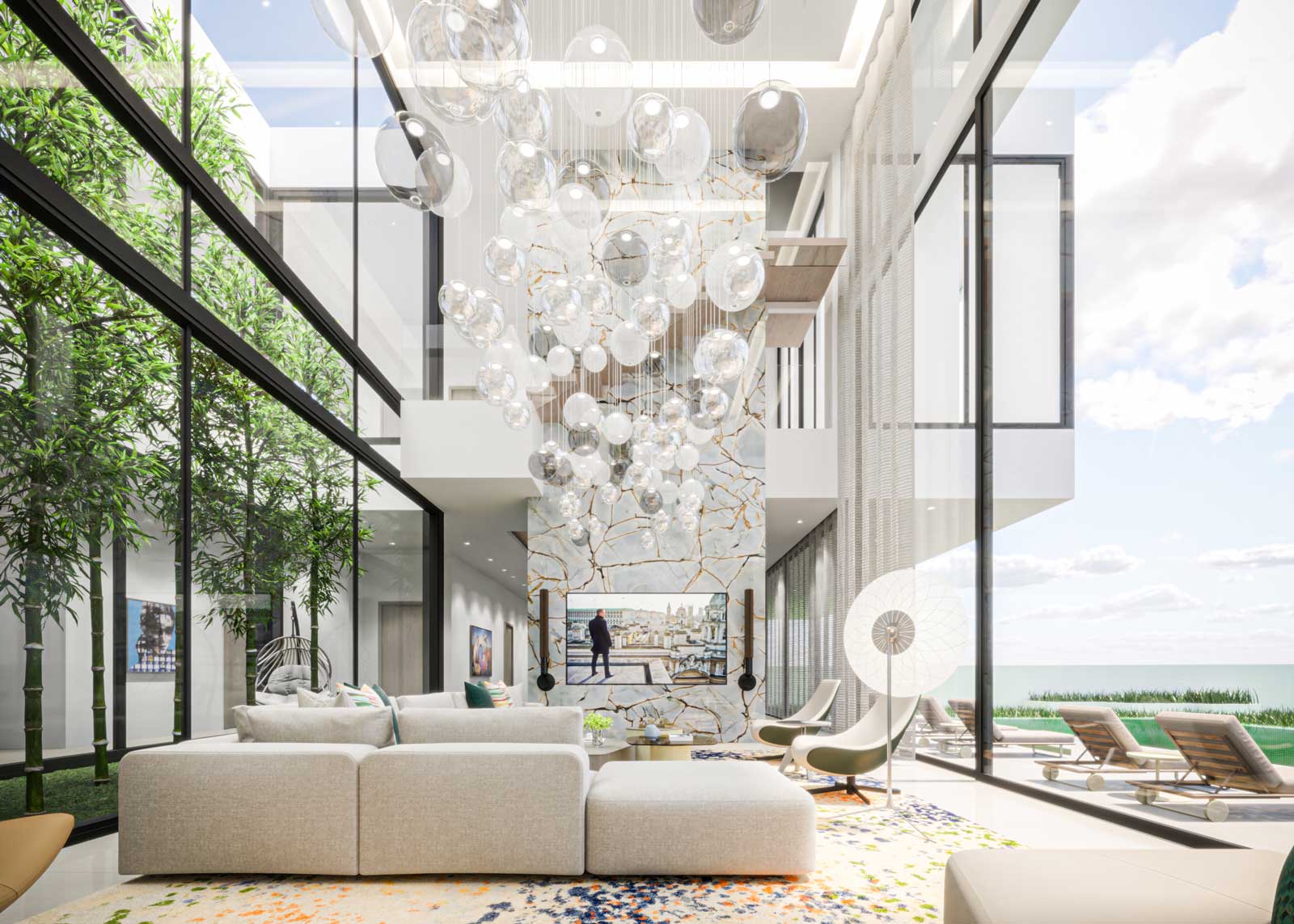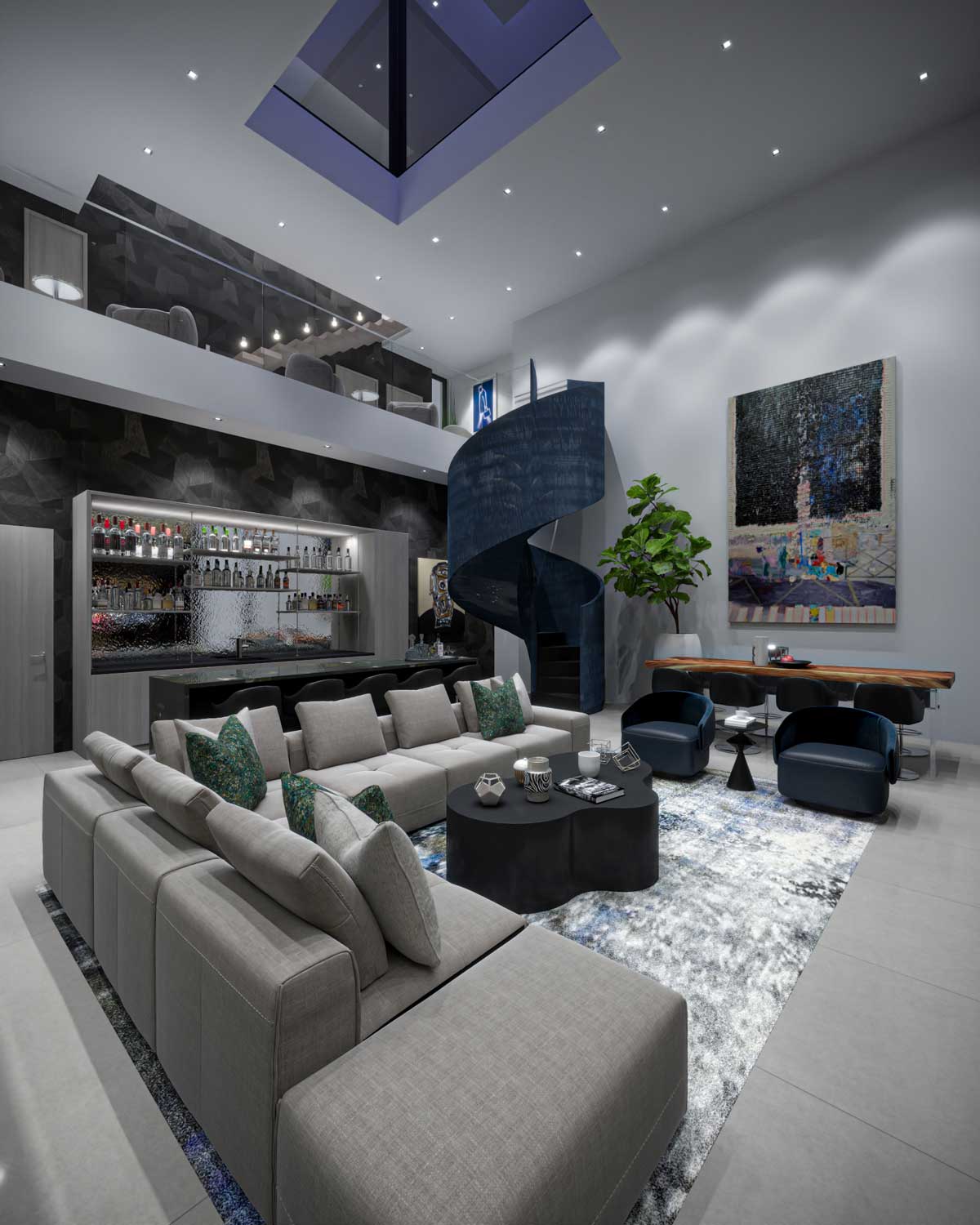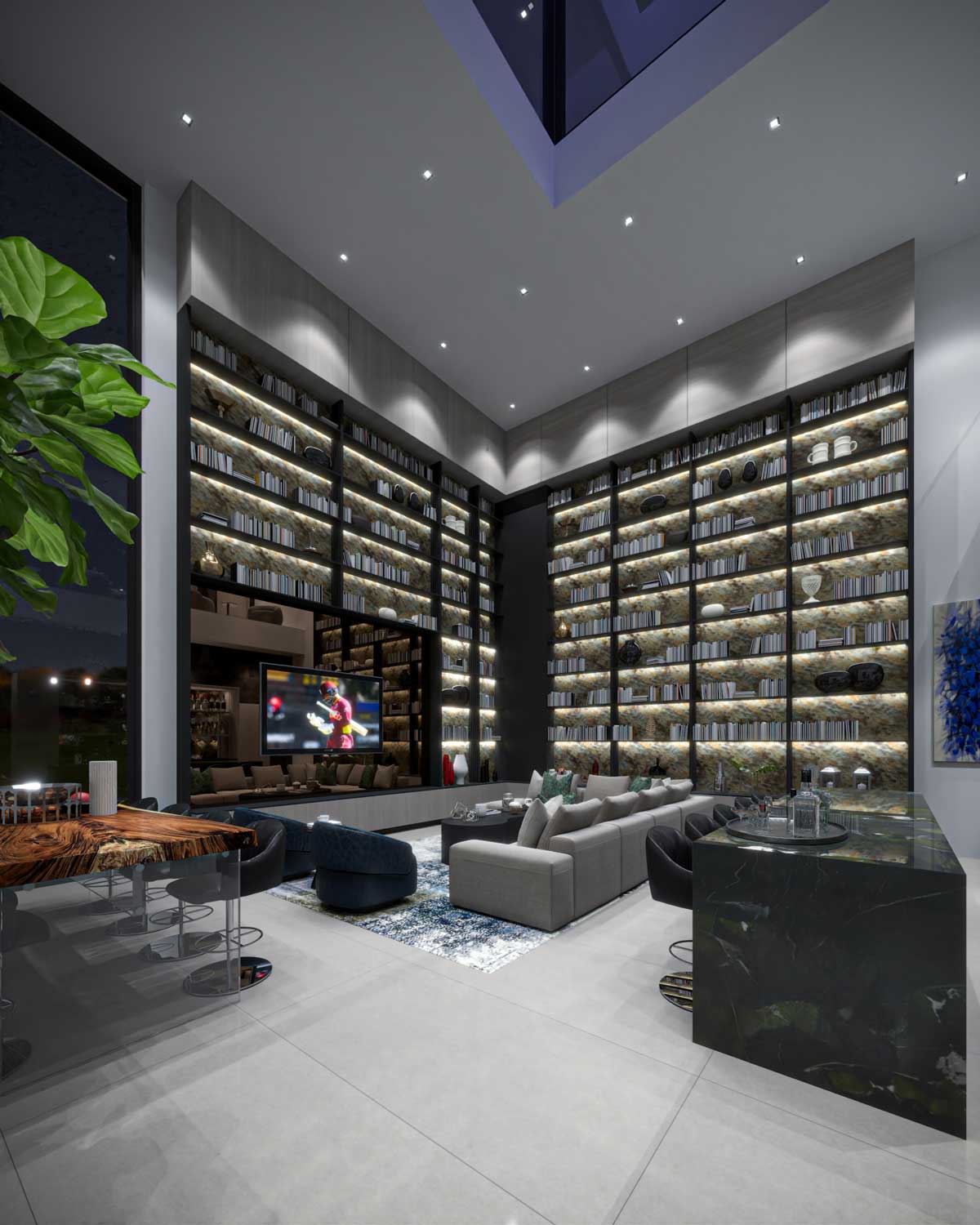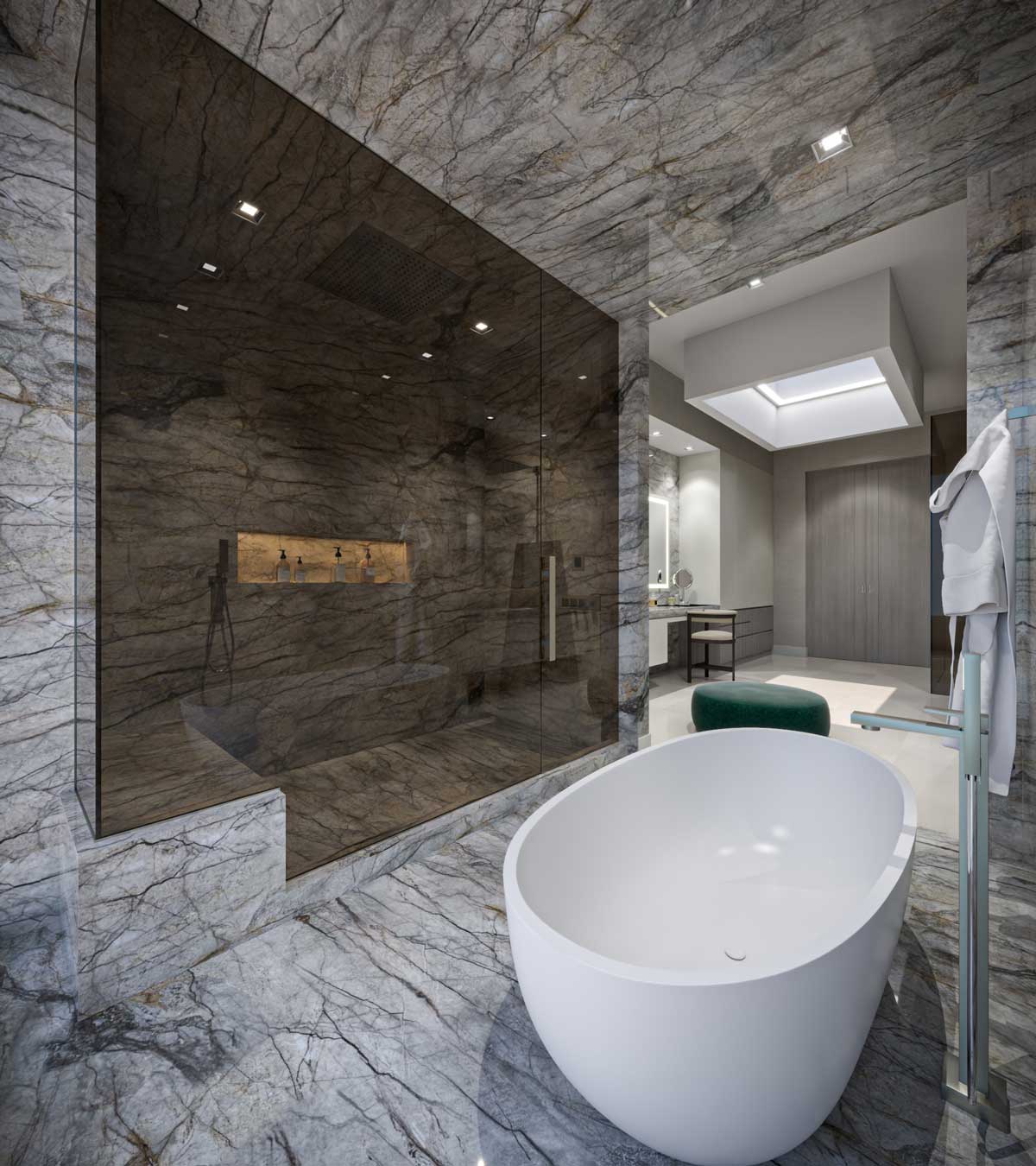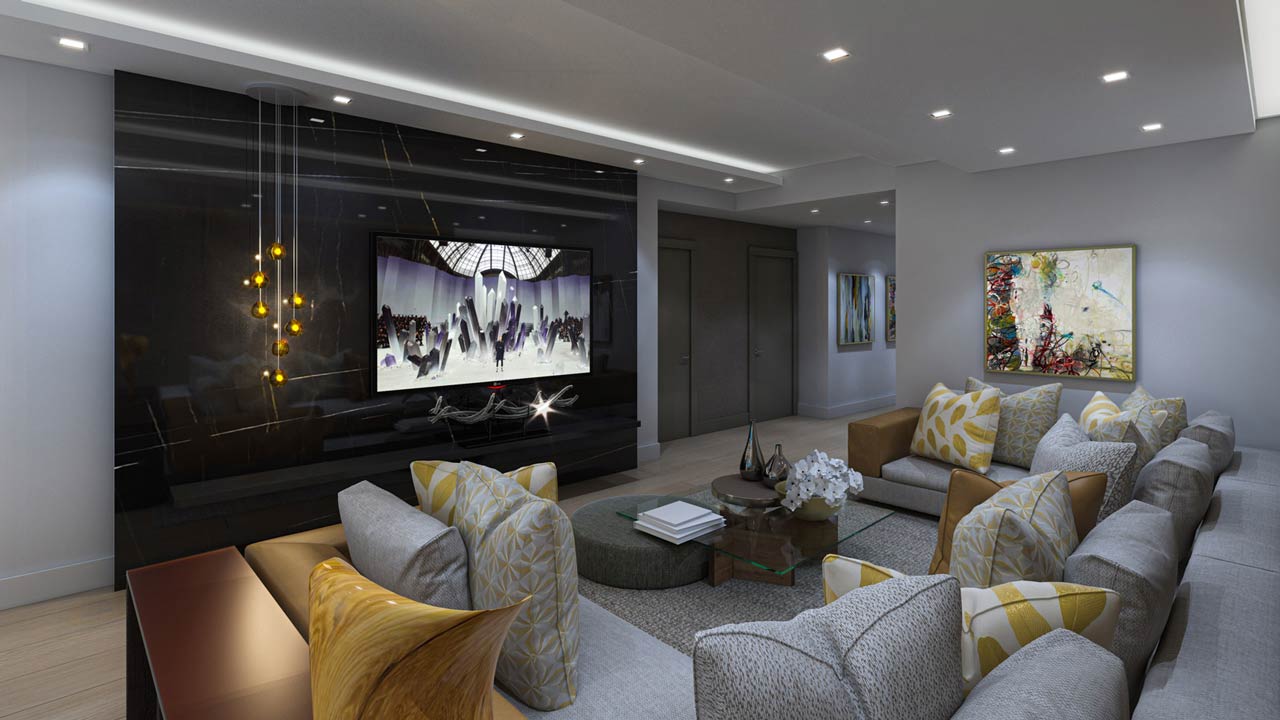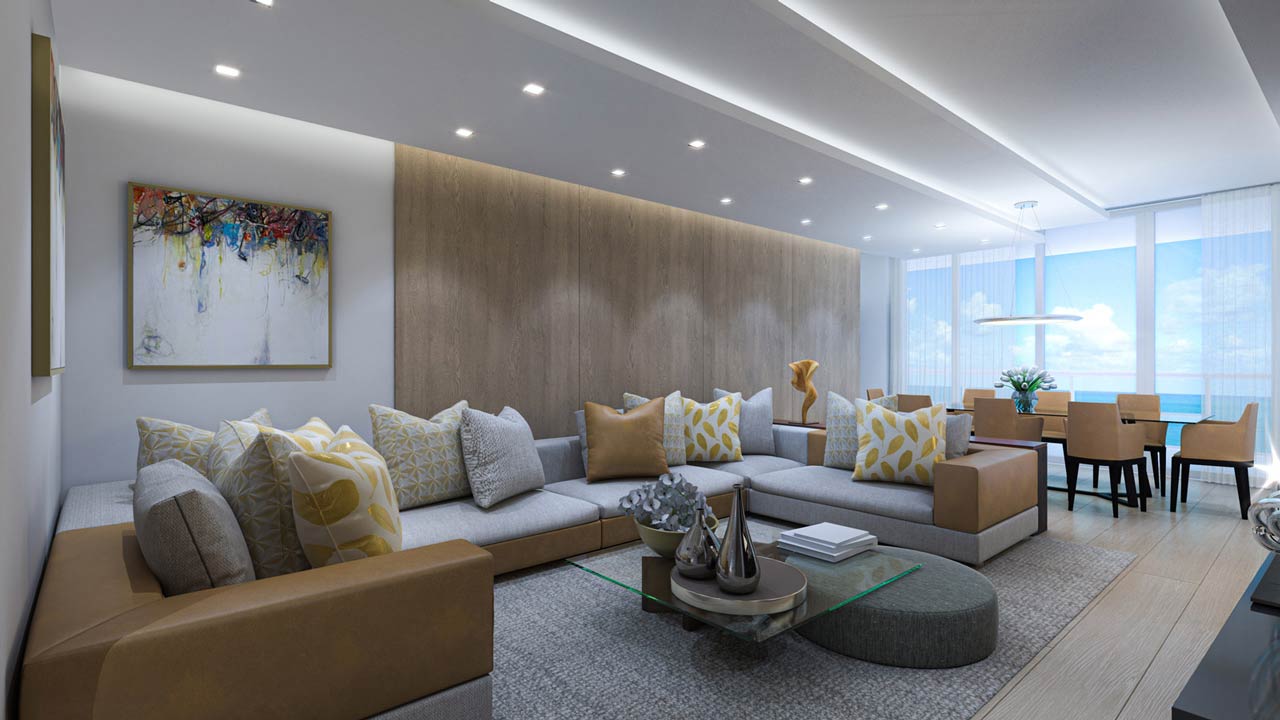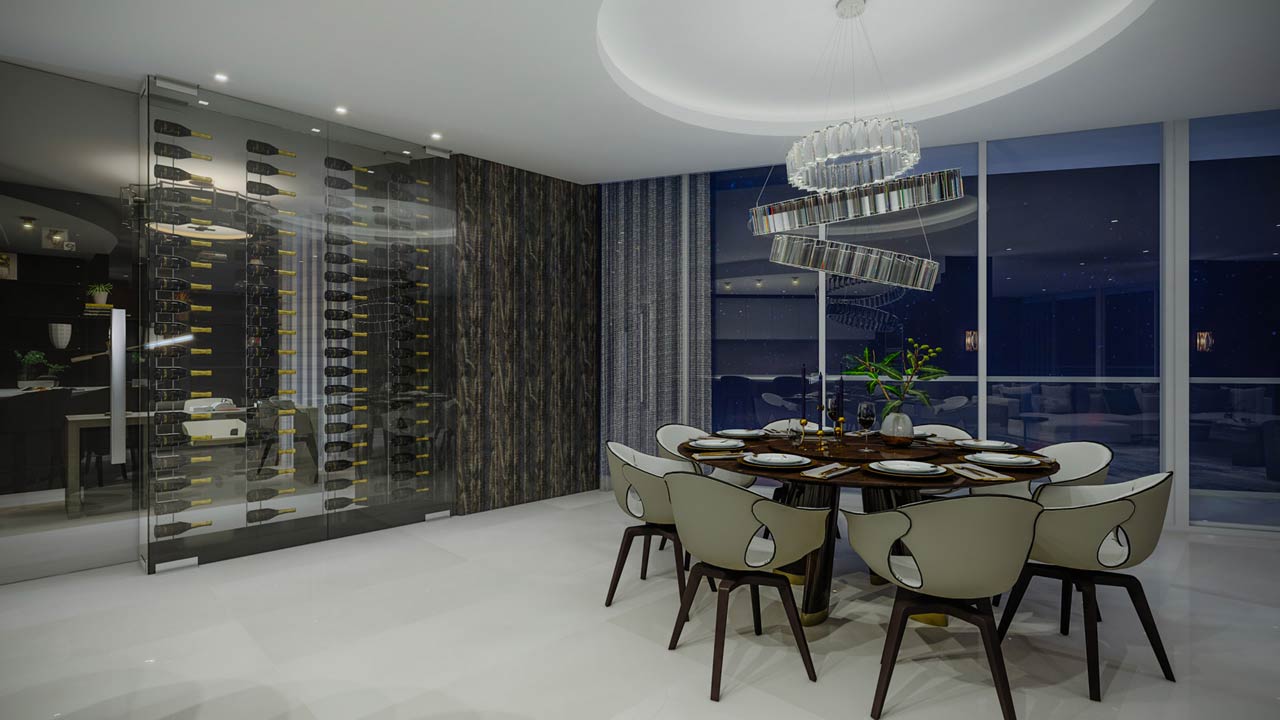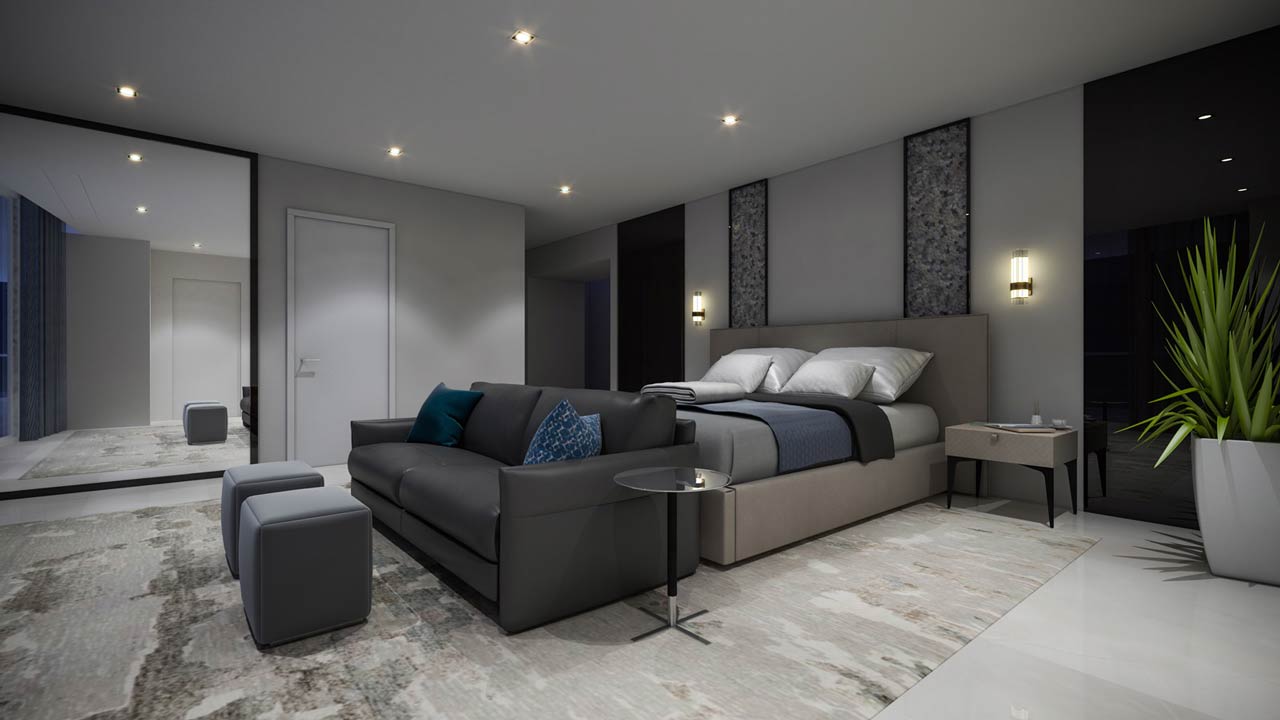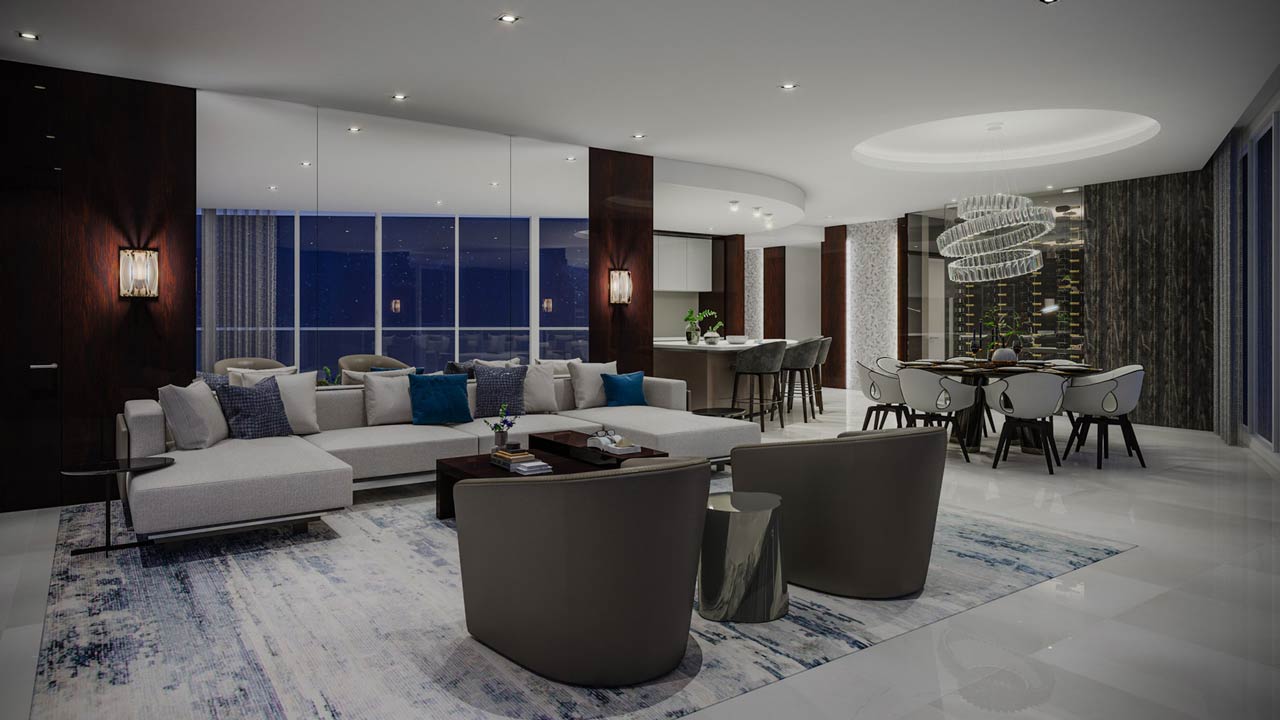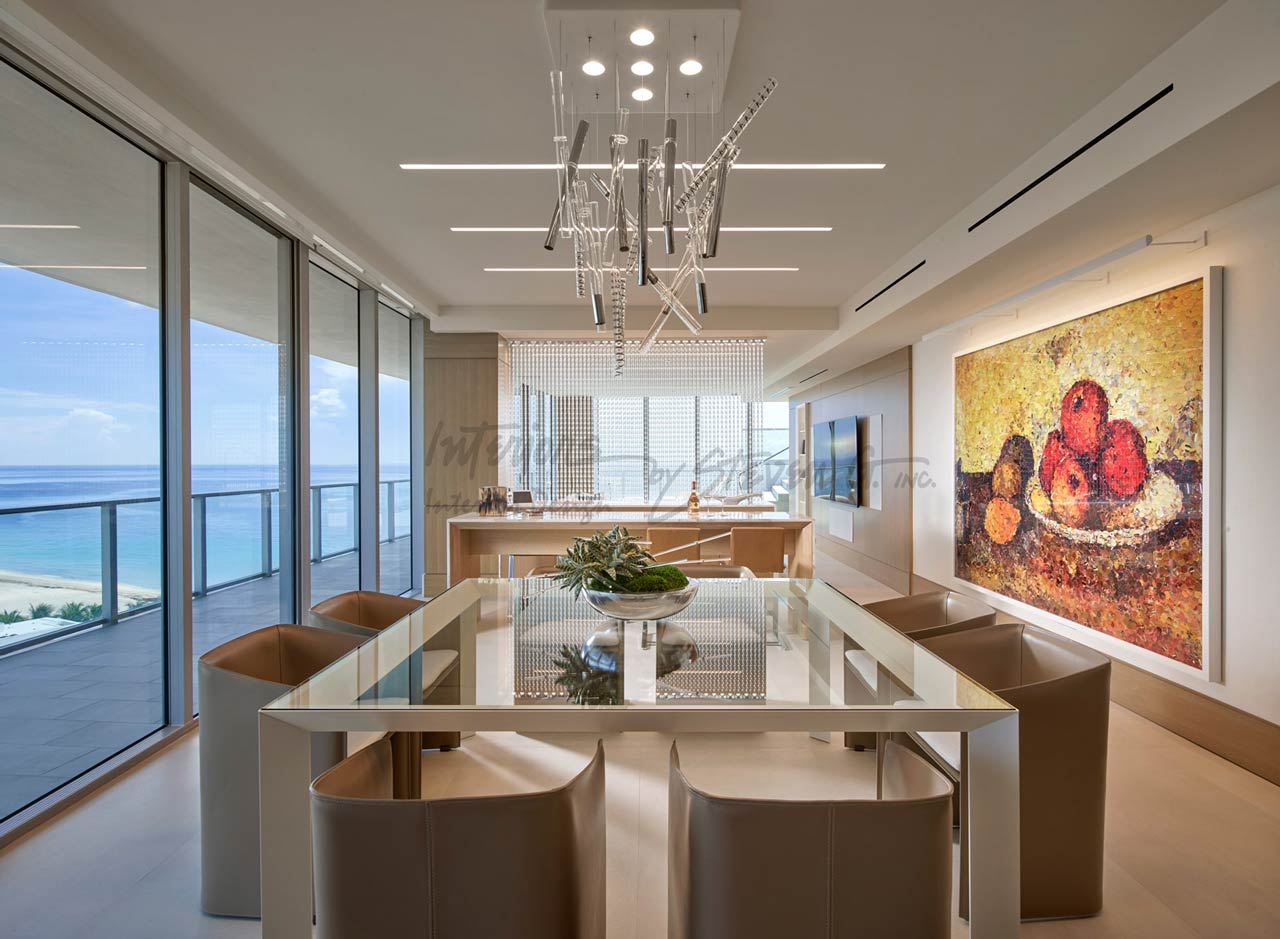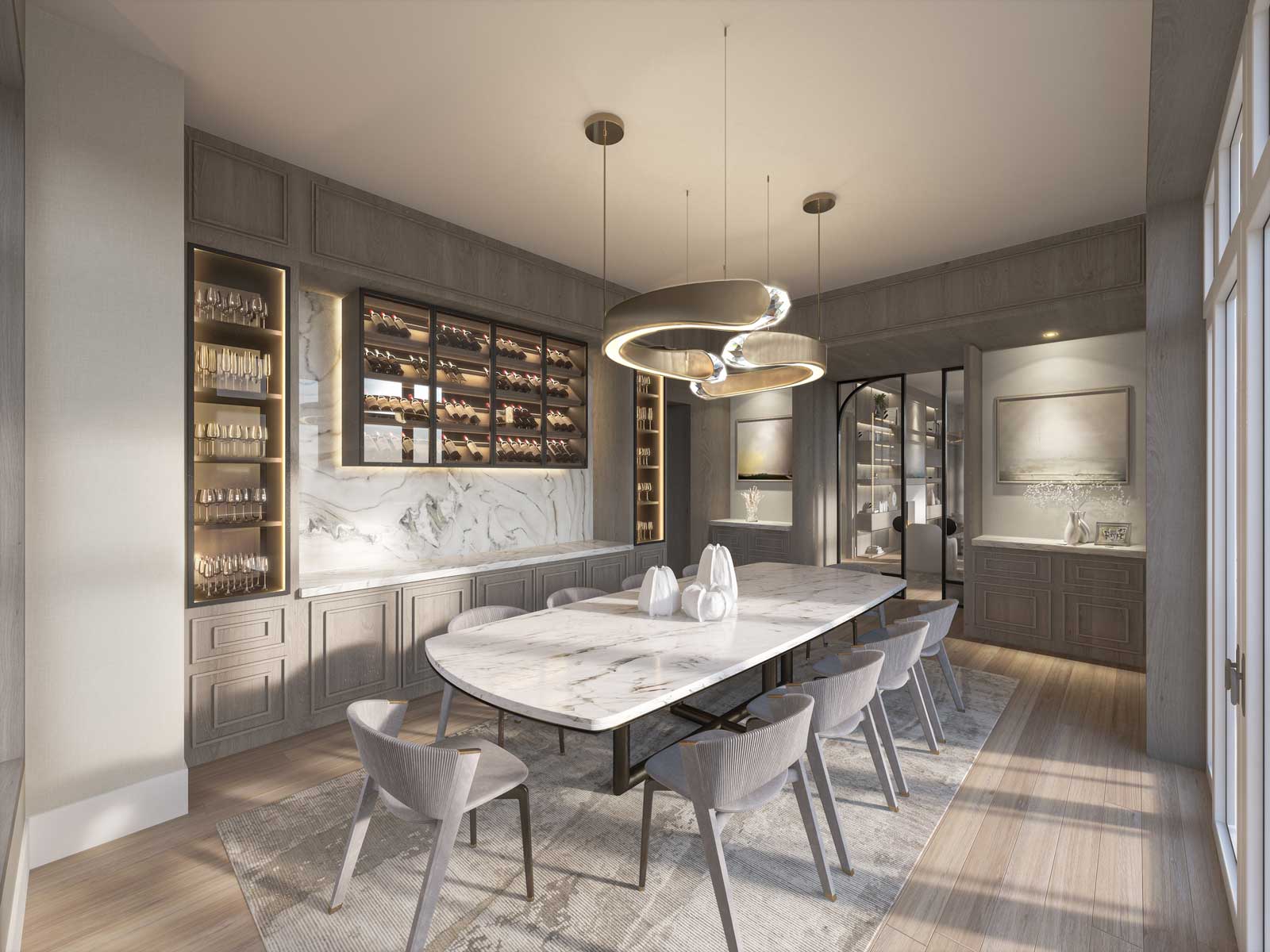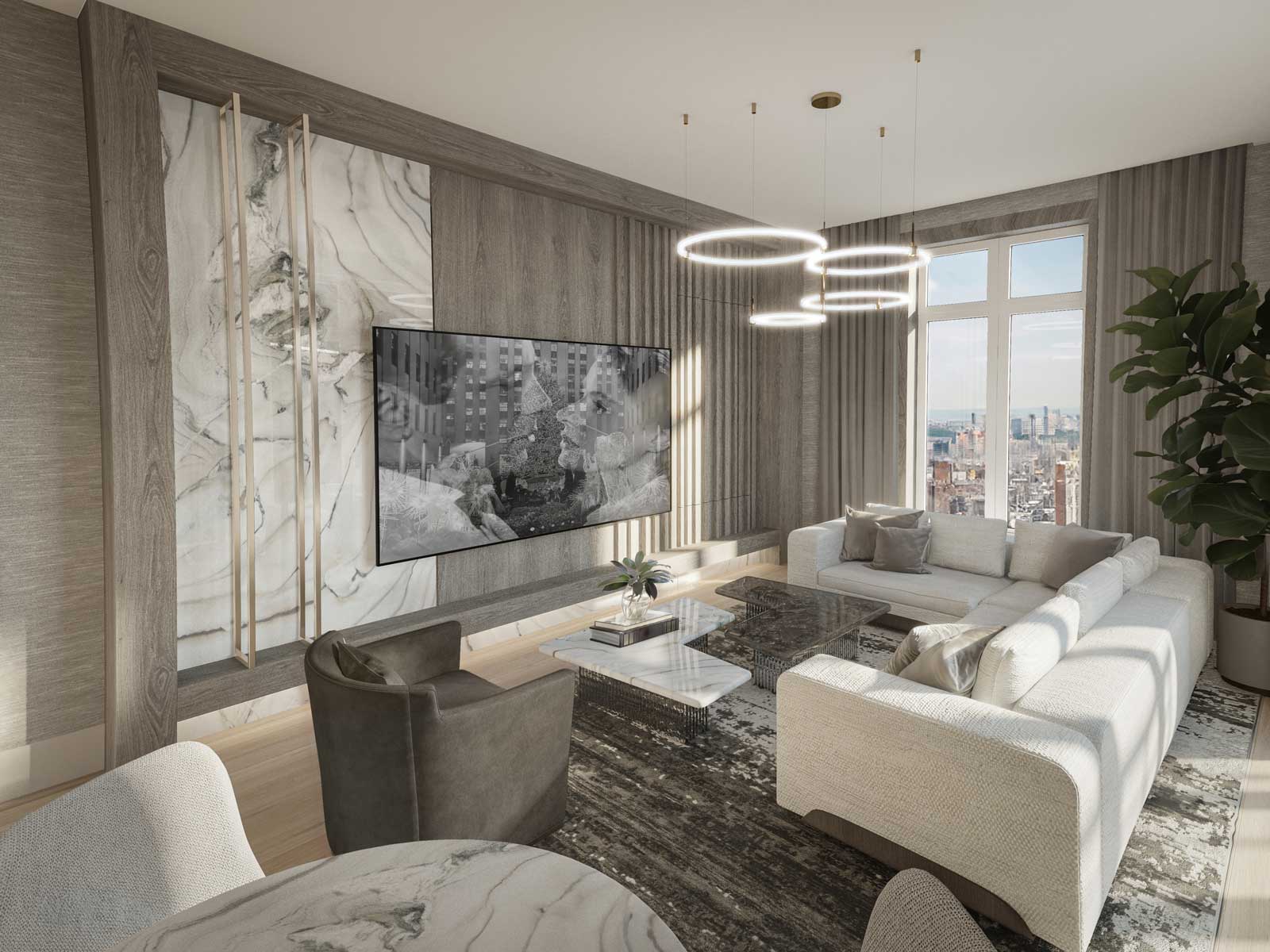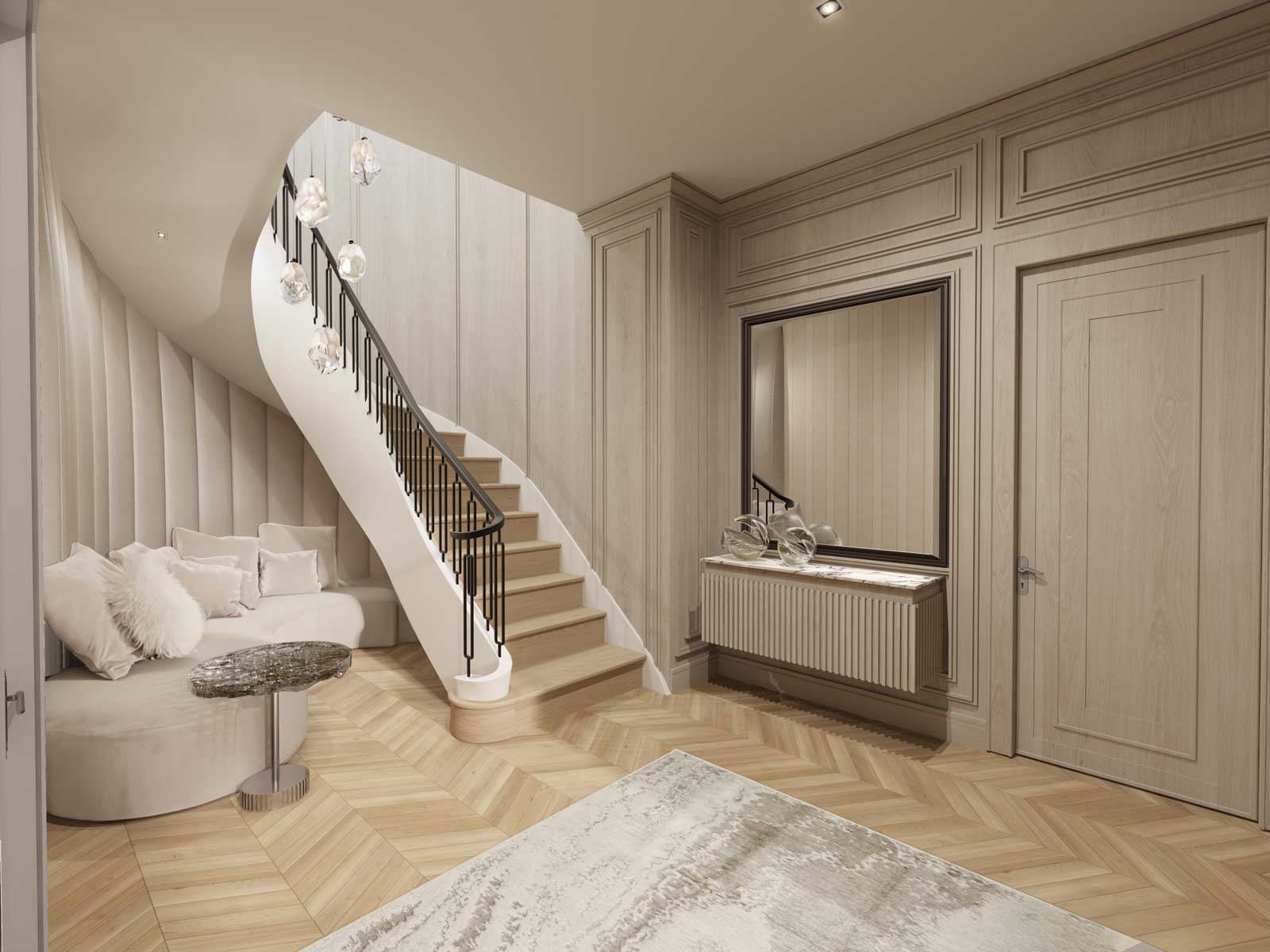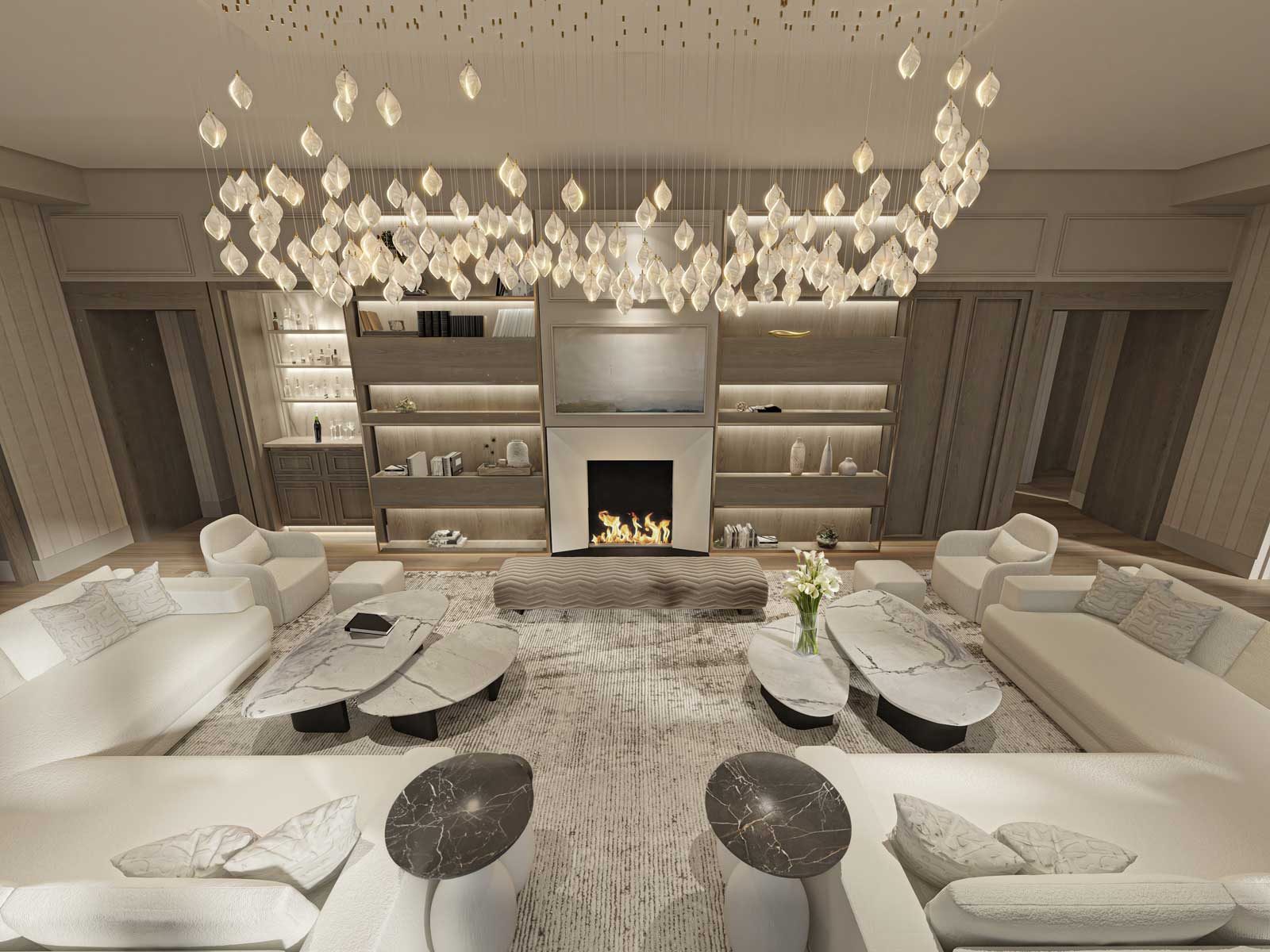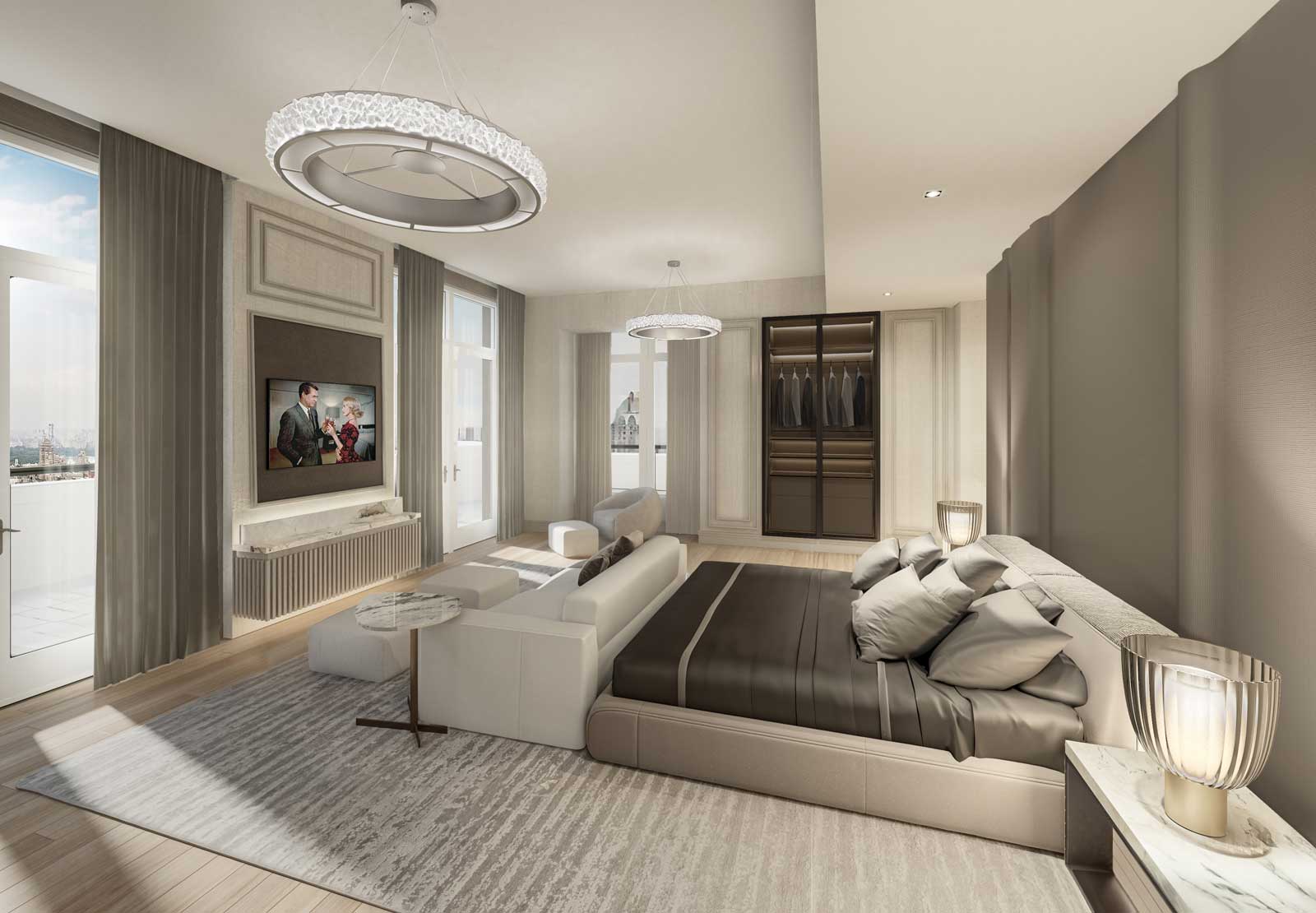Some interior designers South Florida residents partner with use software to help create and visualize the designs for their projects. The software can assist with space planning, material and color selection, and project management. It also provides clients with a clear vision of the final design, allowing them to make informed decisions about textures, lighting, and colors. At Interiors by Steven G (IBSG), we utilize some of the following software to keep our interior design processes streamlined:
3D Modeling Software
Interior designers can embrace 3D modeling software to create immersive and realistic representations of their designs. These programs allow designers to craft intricate 3D models of spaces. This lets clients visualize the final result before any construction, renovation, or design begins. By navigating through virtual rooms and examining the details of the design, clients can better understand the layout, color schemes, and furniture placement. Understanding the specifics of the interior design allows clients to make well-thought-out decisions before moving forward.
CAD Software
Computer-aided design (CAD) software is a suitable choice for interior designers because it allows them to provide accurate and detailed floor plans. CAD enables designers to create scaled drawings, which helps make precise measurements and accurate representations of the space. This precision is beneficial for planning layouts, furniture arrangements, and custom-built elements. Clients may benefit from the clarity of these plans. They can comprehensively understand the proposed design and minimize the risk of misunderstandings during the execution phase.
Virtual Reality
Advancements in virtual reality (VR) technology can provide new ways of designing for interior designers and their clients. VR applications allow clients to experience a virtual walkthrough of their future space. Designers can incorporate real-time changes based on client feedback during these virtual experiences, helping make sure the final design aligns with the client’s vision. This level of interactivity can boost collaboration and enhance clients’ overall satisfaction as they actively participate in the design.
Smart Home Integration
Interior designers can incorporate home automation features into their designs to achieve a blend of functionality and aesthetics. Smart home integration allows designers to create stunning spaces and operate seamlessly to meet the evolving needs of the occupants. Interior designers utilize software to integrate smart devices such as lighting systems, thermostats, security cameras, and audio-visual equipment into the overall design scheme. Through centralized control systems and mobile applications, clients manage and customize their home environment, enhancing both comfort and efficiency.
The software used for smart home integration allows designers to plan and visualize the placement of these devices within the space. This helps make sure that the technology integrates with the overall design concept. Clients can preview how these smart features will look and function within their homes. They can then make informed decisions about the level of automation and the specific devices that align with their lifestyle.
Mood Boards and Concept Creation
Interior designers use specialized software to curate mood boards and design concepts that capture the desired aesthetic and ambiance. These digital mood boards compile images, color palettes, and material samples. This gives clients a visual representation of the proposed design direction. By utilizing software tools for mood board creation, designers can easily experiment with different elements and refine the concept based on client preferences. This collaborative approach makes sure that the final design resonates with the client’s taste.
Project Management Software
Project management software is beneficial for streamlining the interior design process. Designers can use this software to organize tasks, set timelines, and track project milestones. Clients benefit from a transparent view of the project’s progress, milestones achieved, and upcoming phases. Effective project management gives designers a set completion date and enhances communication between designers and clients.
Budgeting and Cost Estimation Tools
Transparency in budgeting is significant in the interior design process, causing designers to leverage software tools for accurate cost estimates and budget management. These tools assist in tracking expenses, distributing resources efficiently, and providing clients with a clear breakdown of costs associated with the project. Clients can make informed decisions based on these estimates. This helps verify that the design aligns with the client’s budget without compromising quality or creativity.
Collaborative Design Platforms
In a world where remote collaboration has become increasingly prevalent, interior designers can use collaborative design platforms to work seamlessly with clients, architects, and other stakeholders. These platforms facilitate real-time collaboration, allowing everyone involved in the project to contribute ideas, share feedback, and make decisions together. This collaborative approach enhances the efficiency of the design process and creates a sense of shared ownership among all stakeholders.
Interior Designers South Florida Residents Can Rely On
Interior designers like us at Interiors by Steven G (IBSG) often use software to create and visualize our clients’ designs. Some interior design software includes 3D modeling software, virtual reality, CAD software, budgeting tools, and more. Contact our team today to learn more about the tools we can use to complement your design project.





